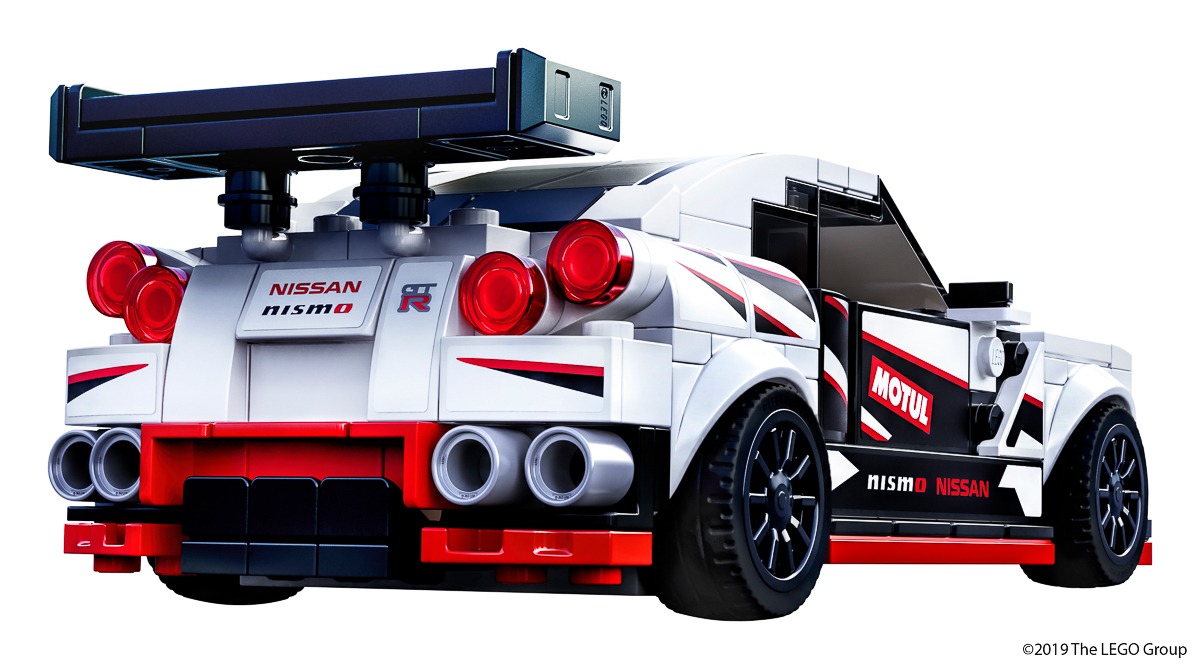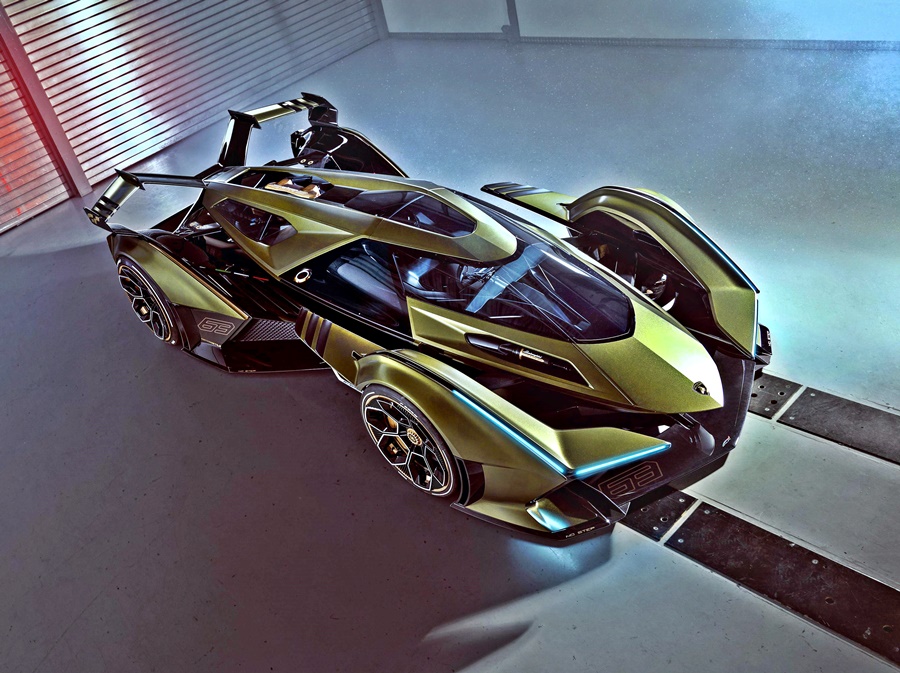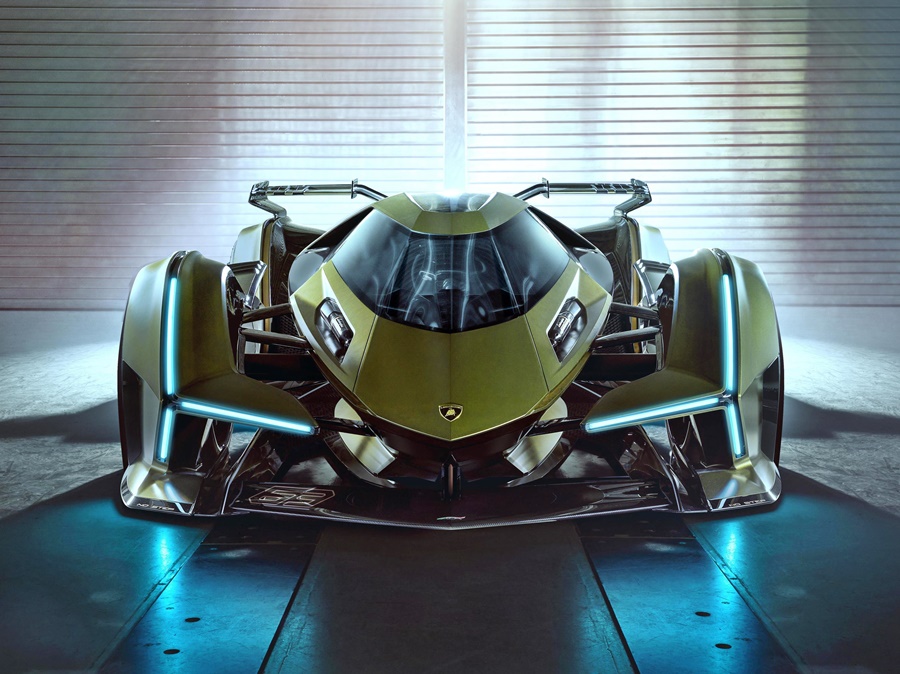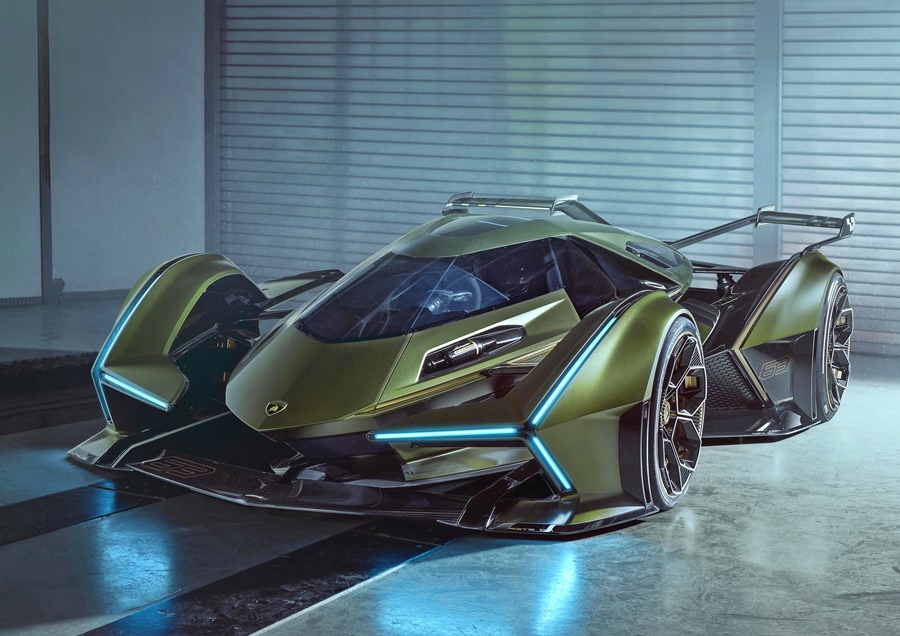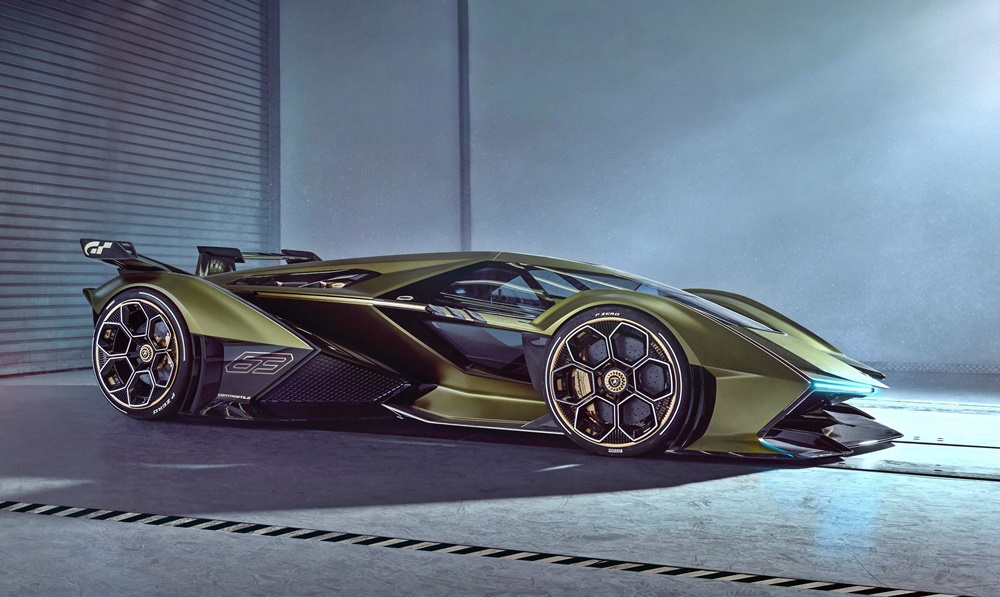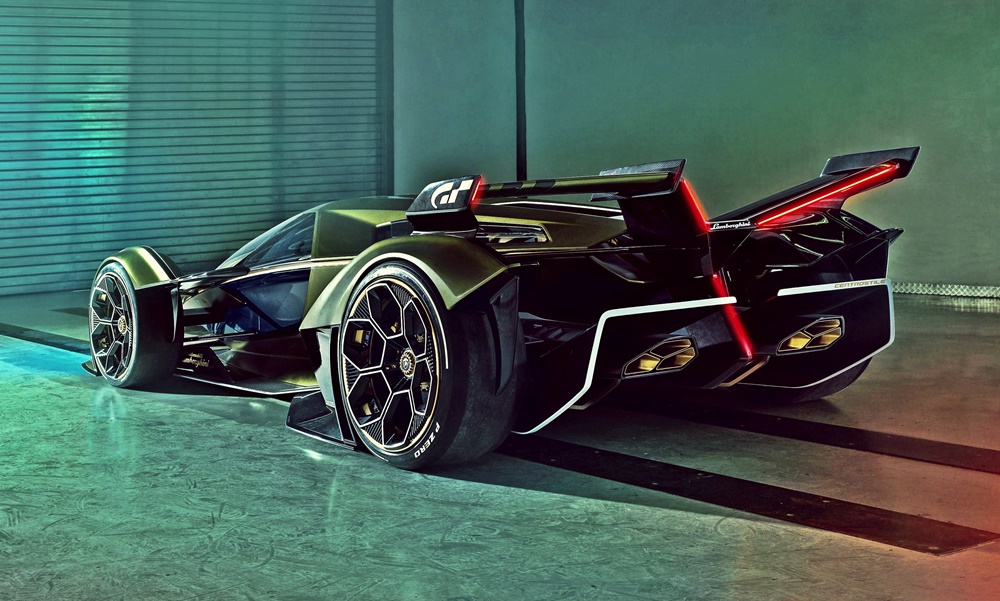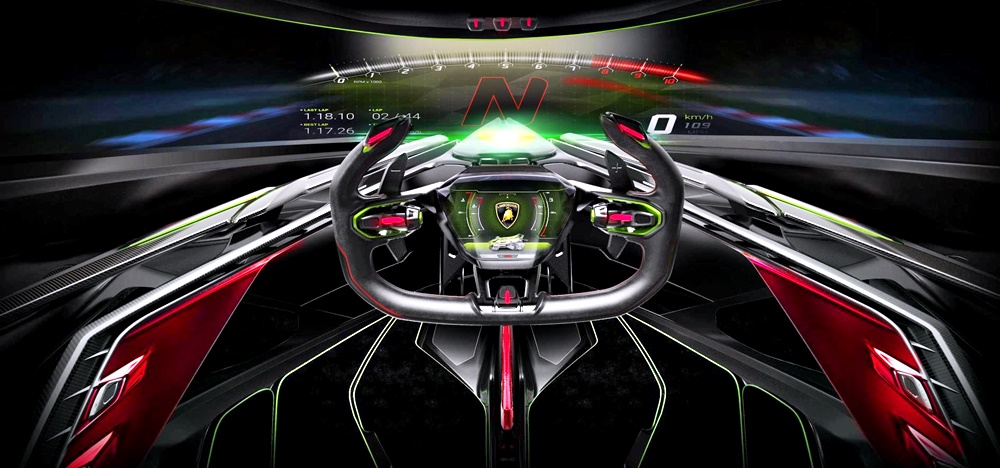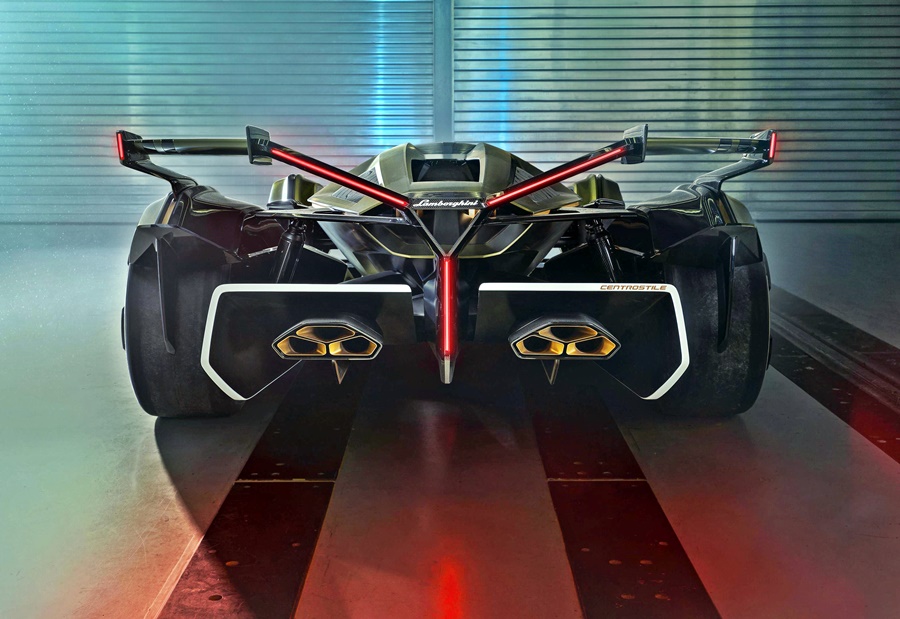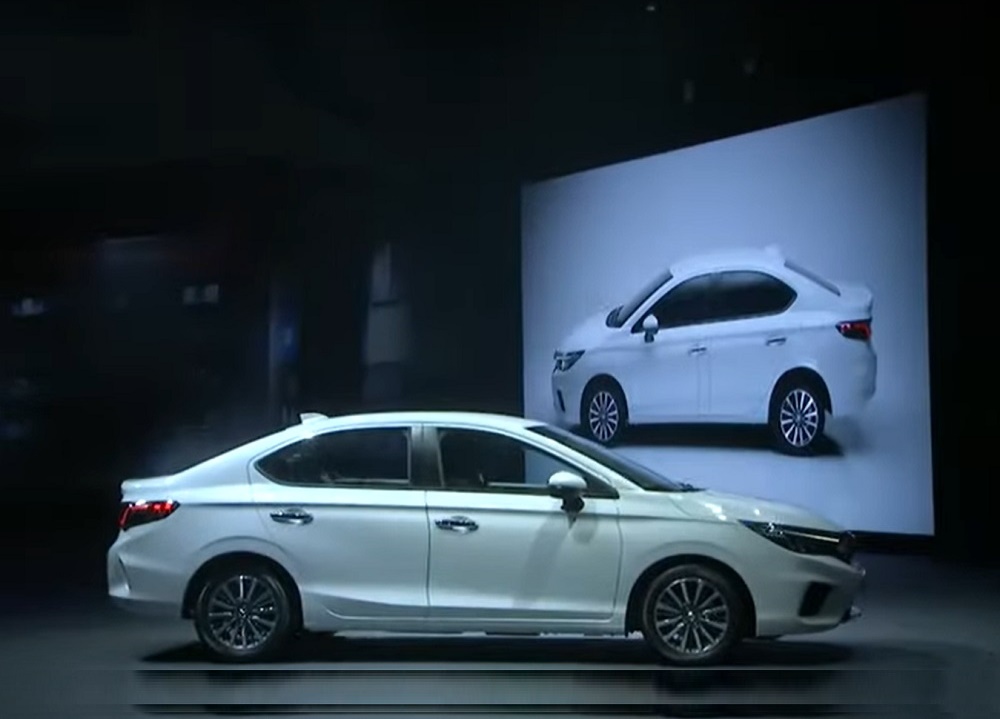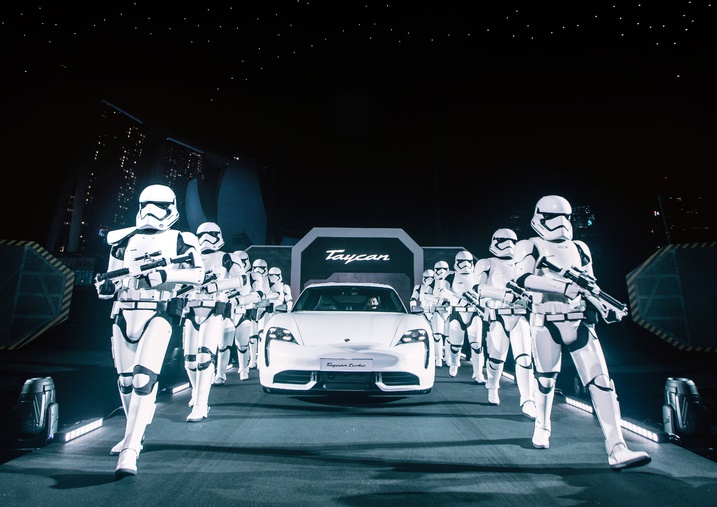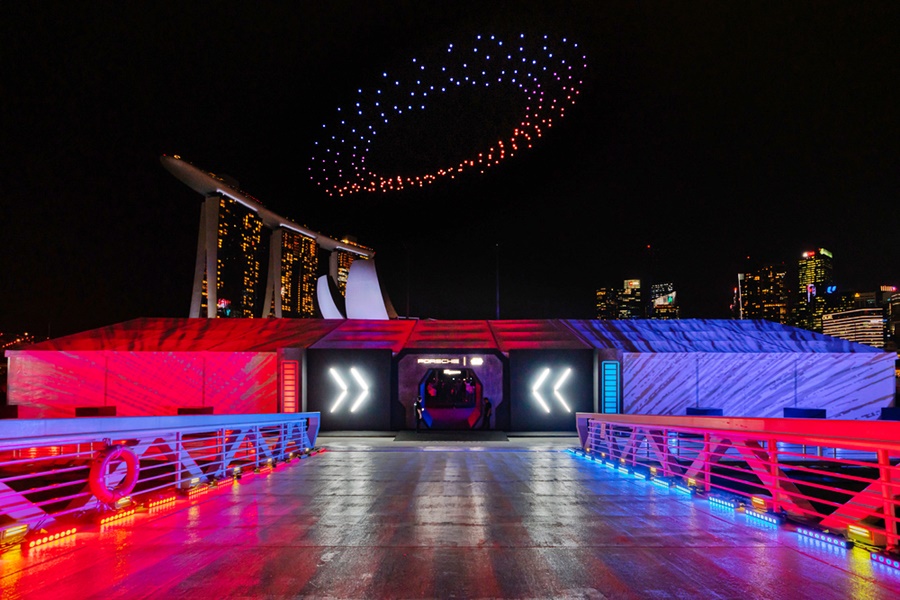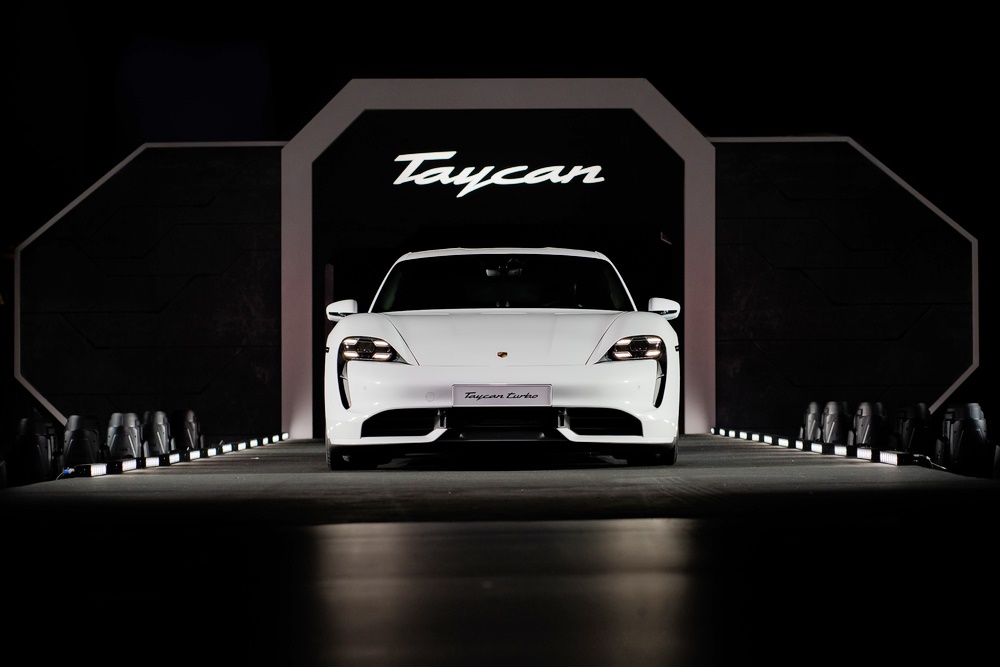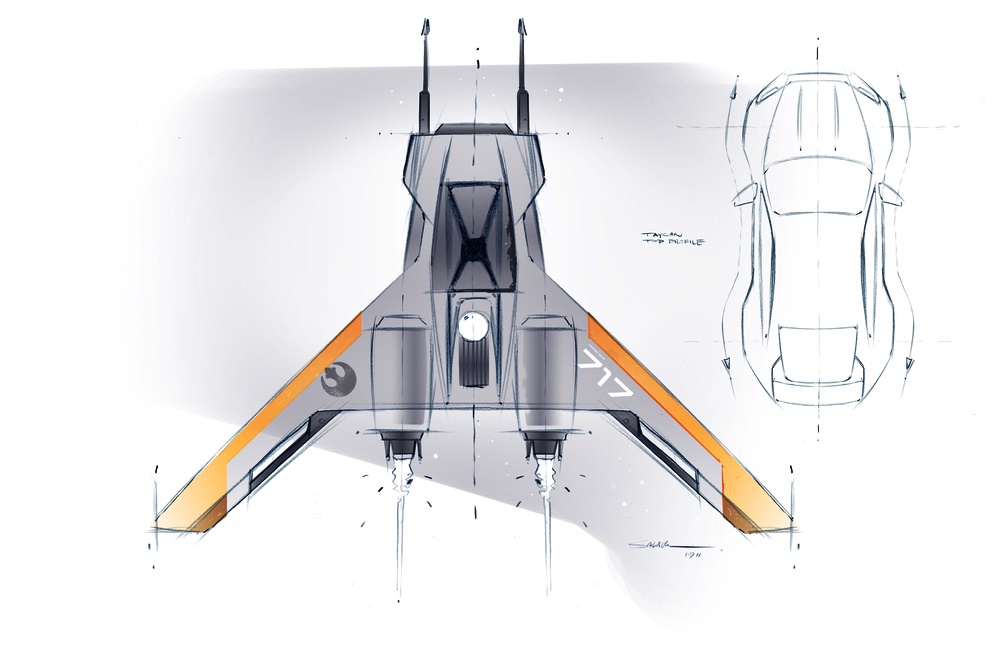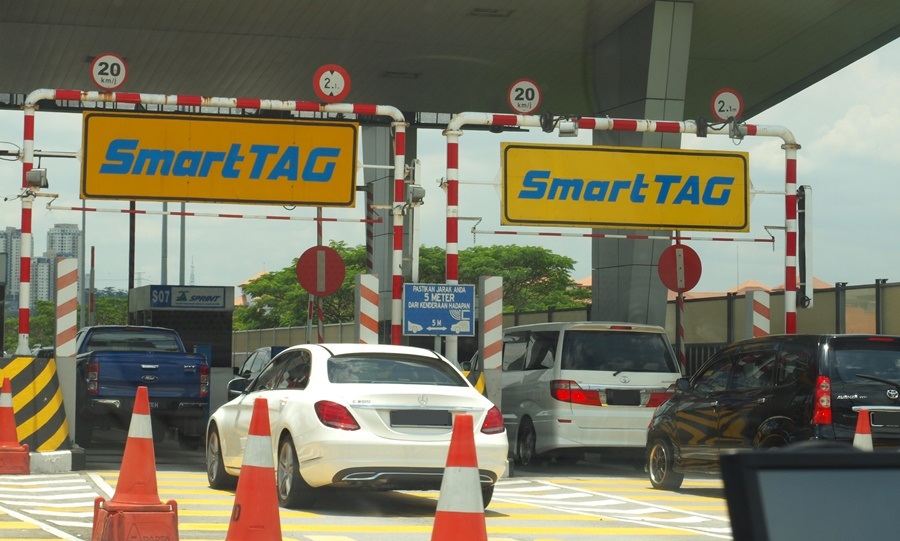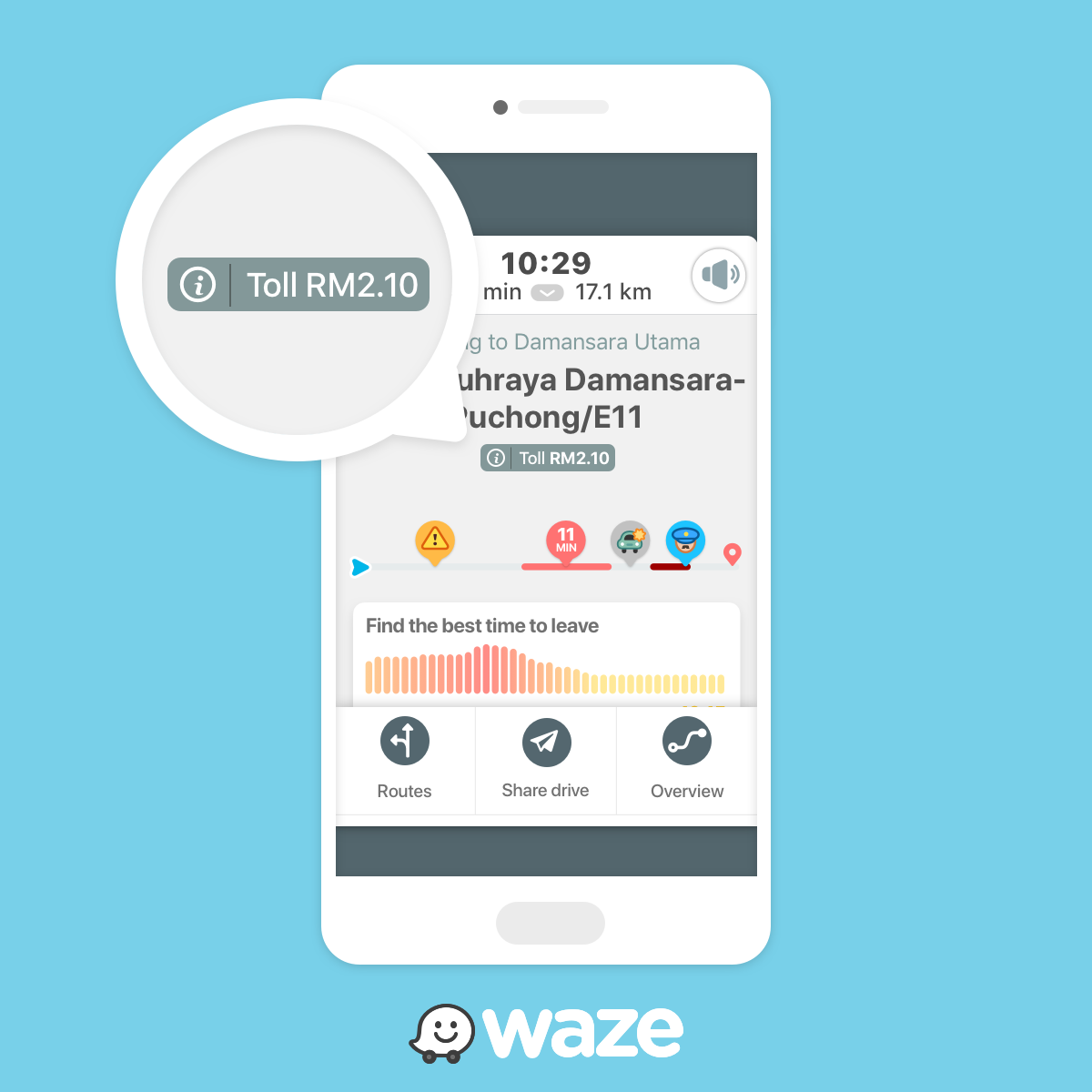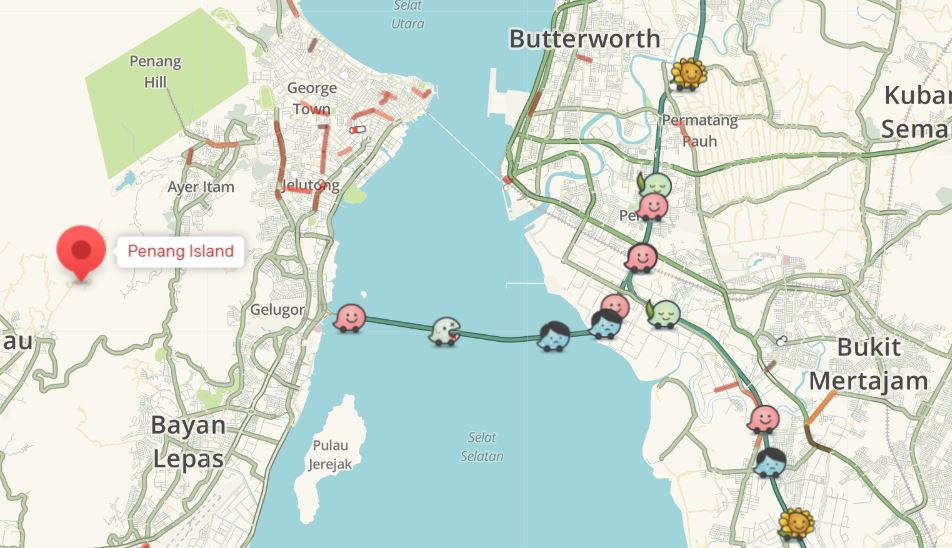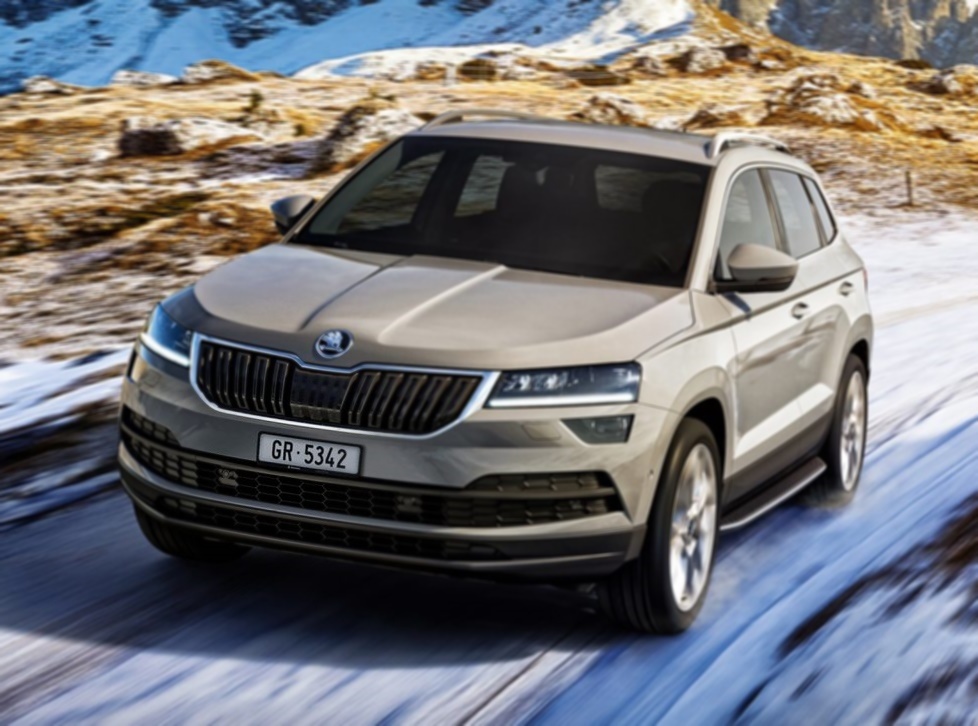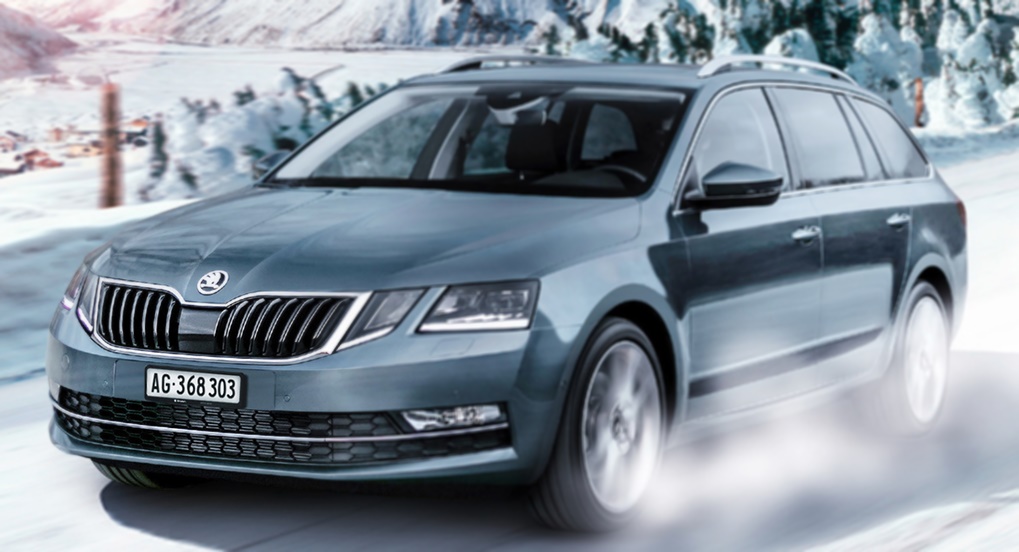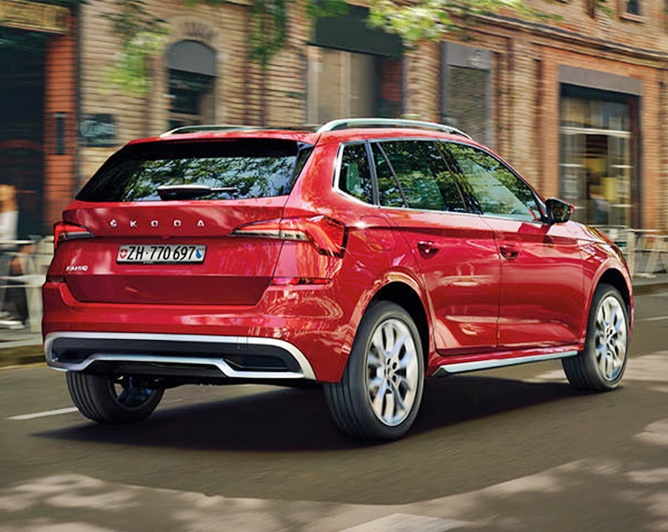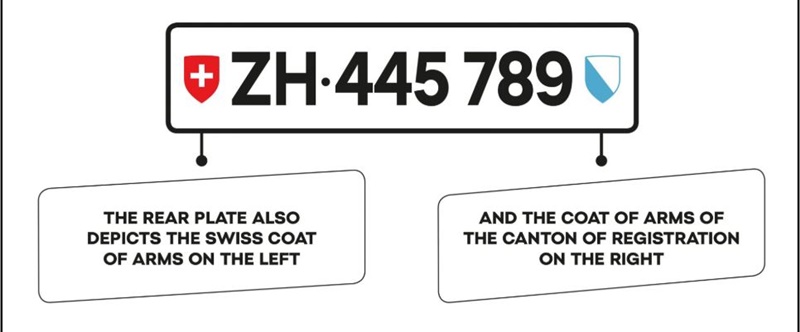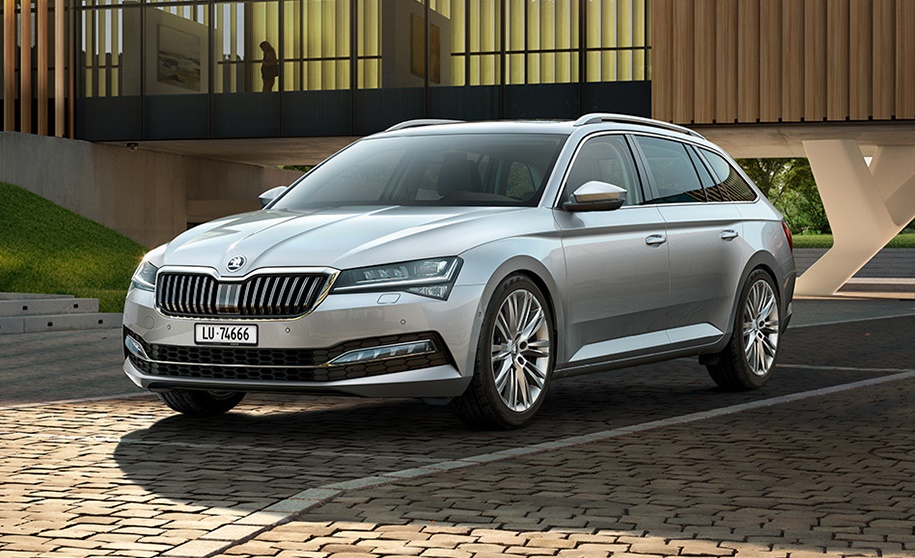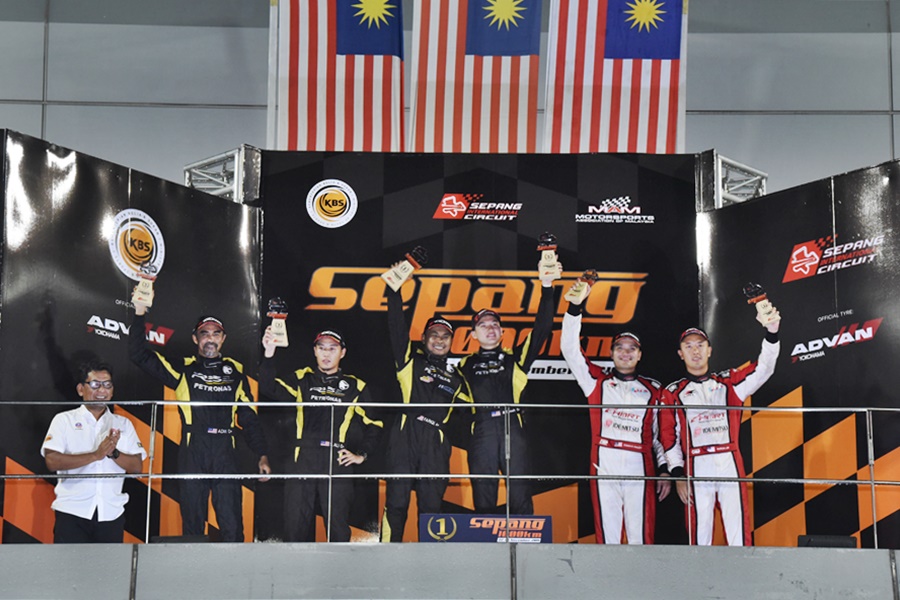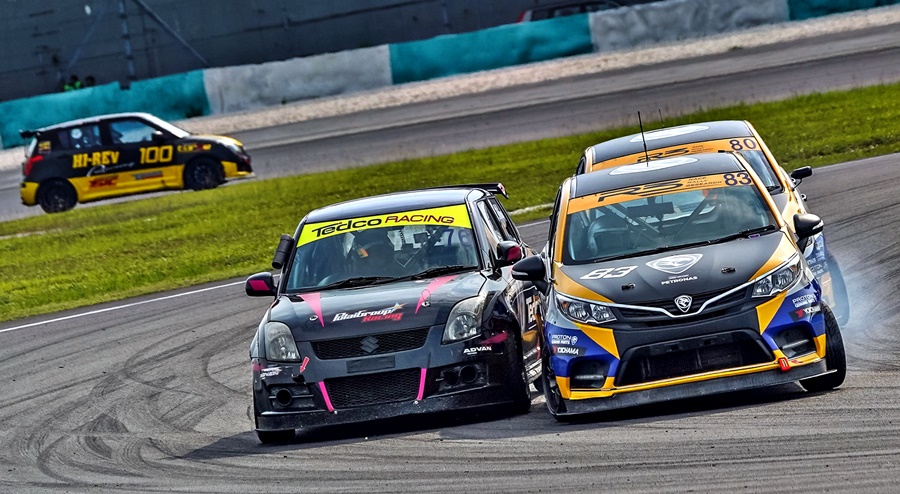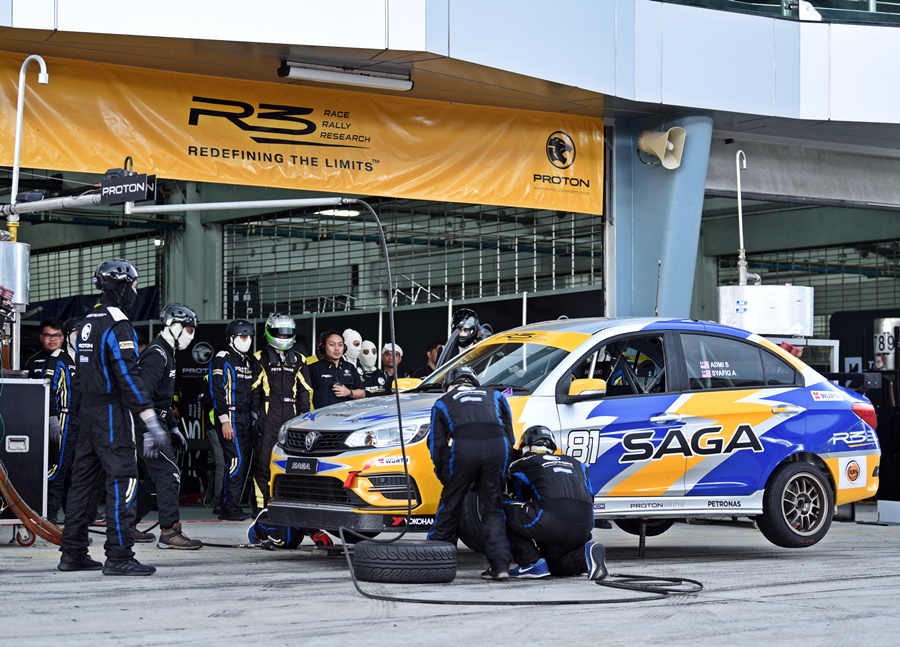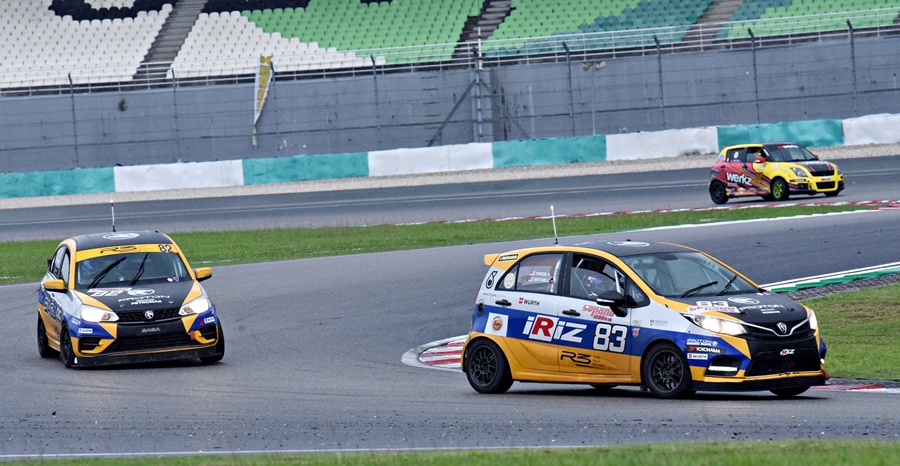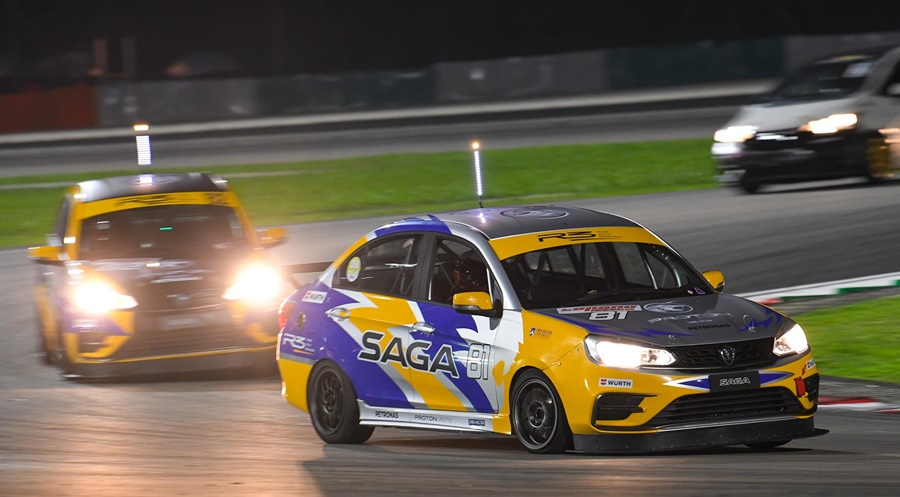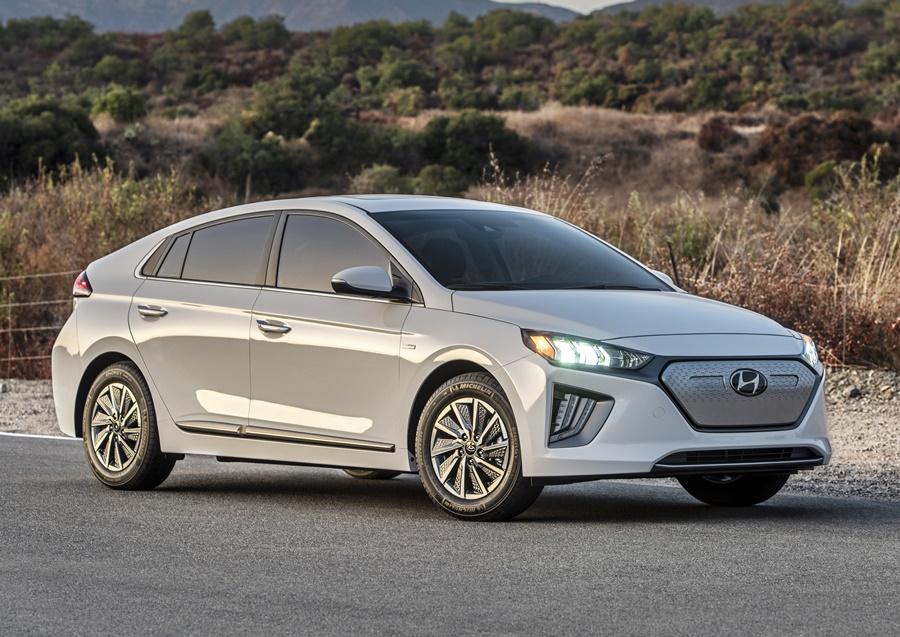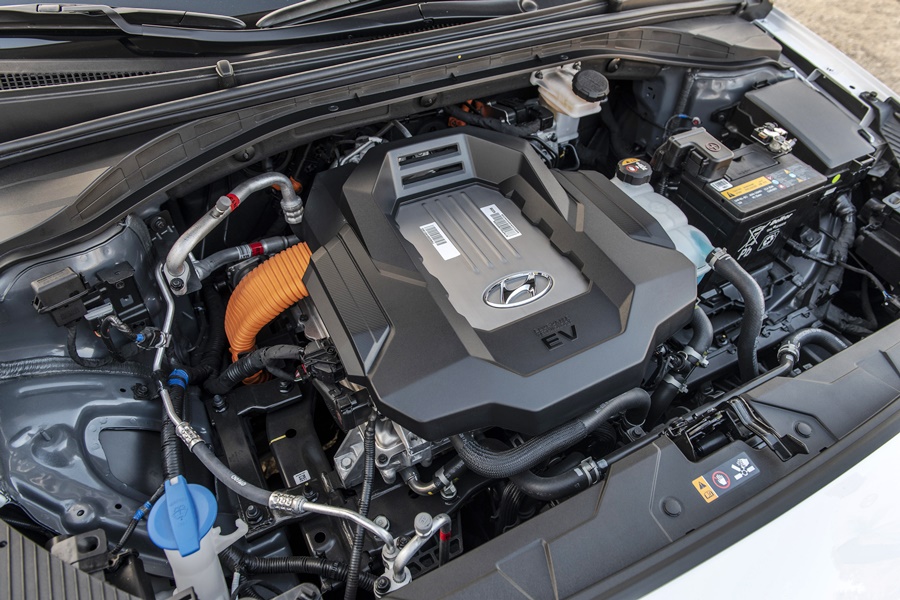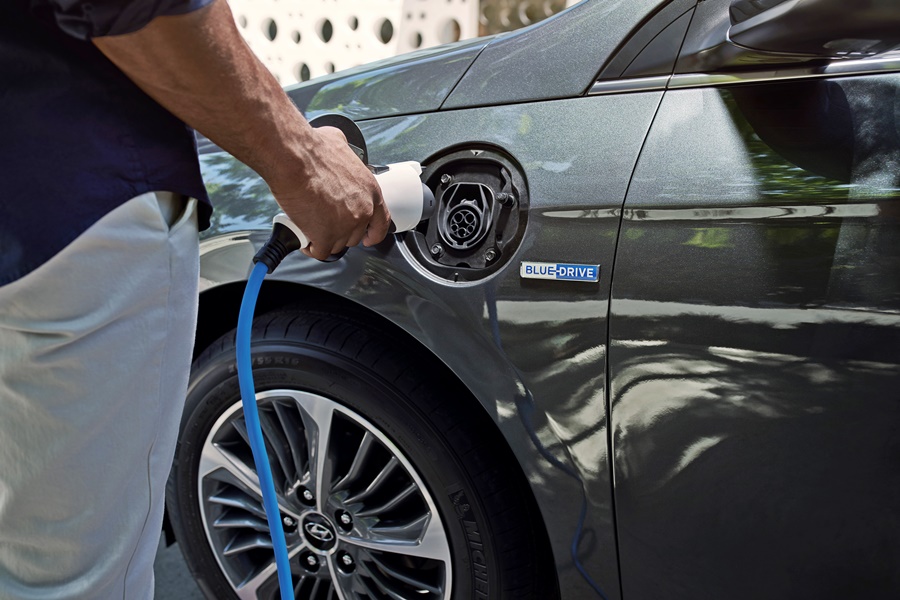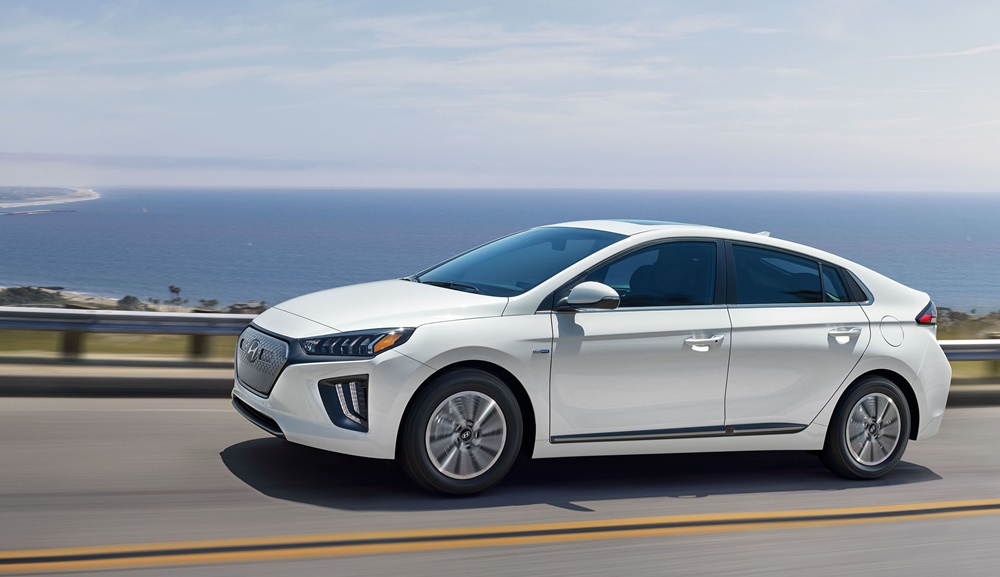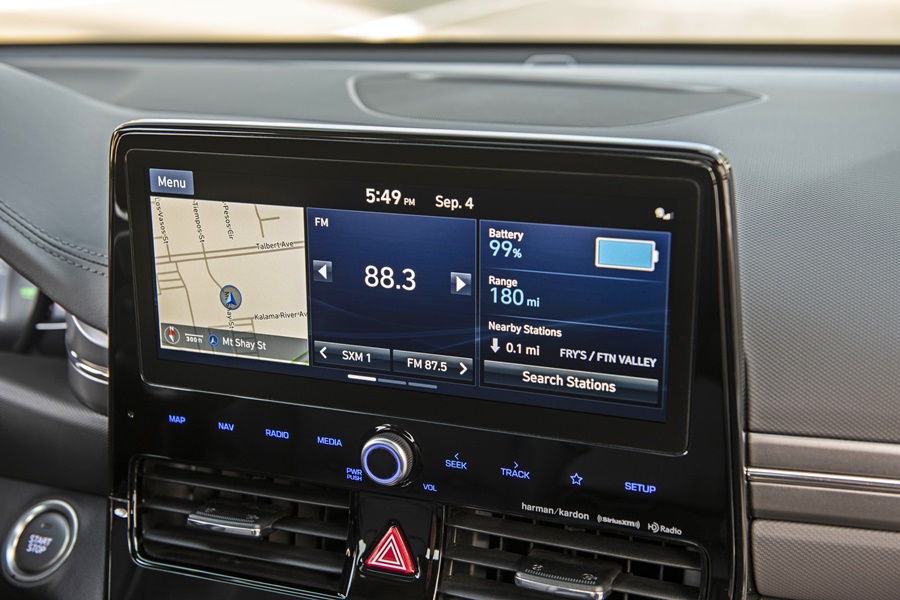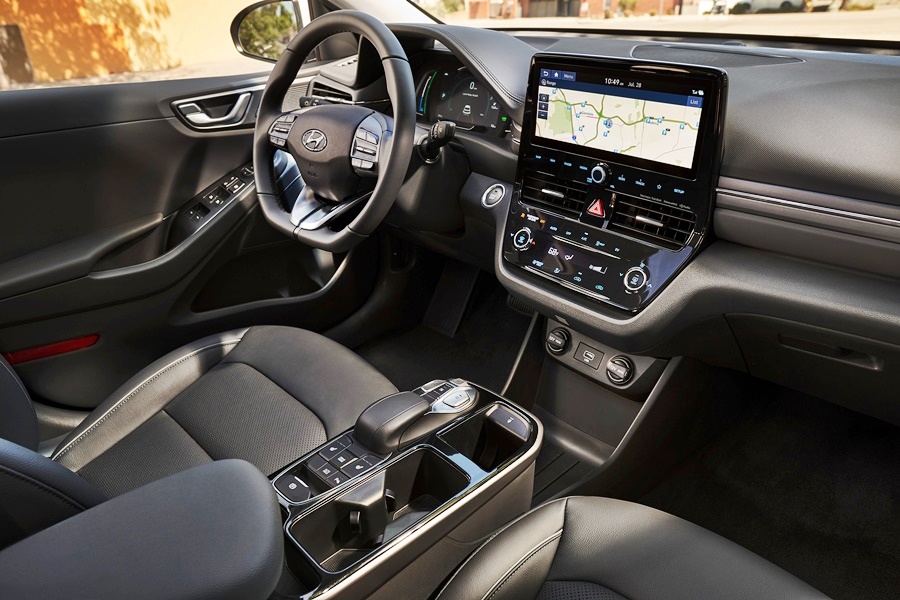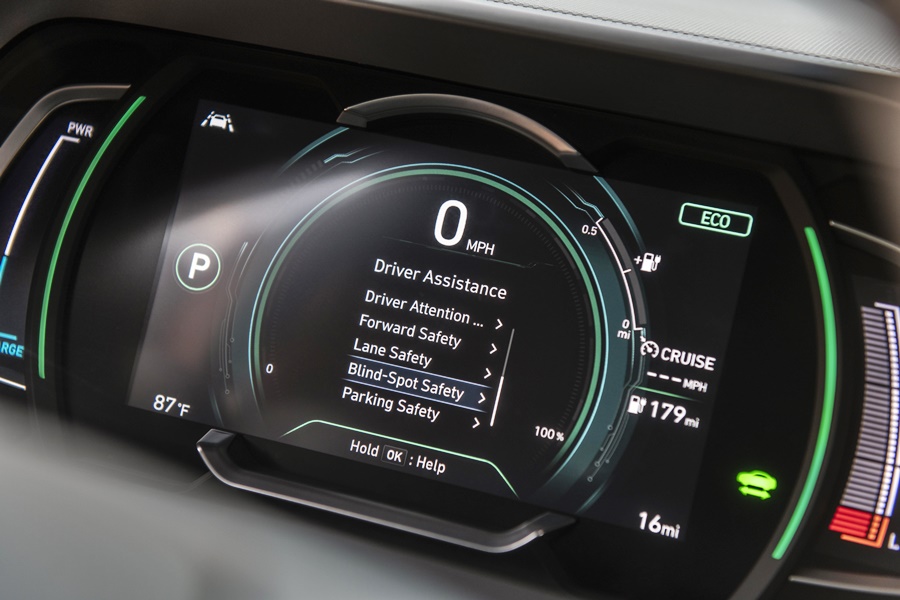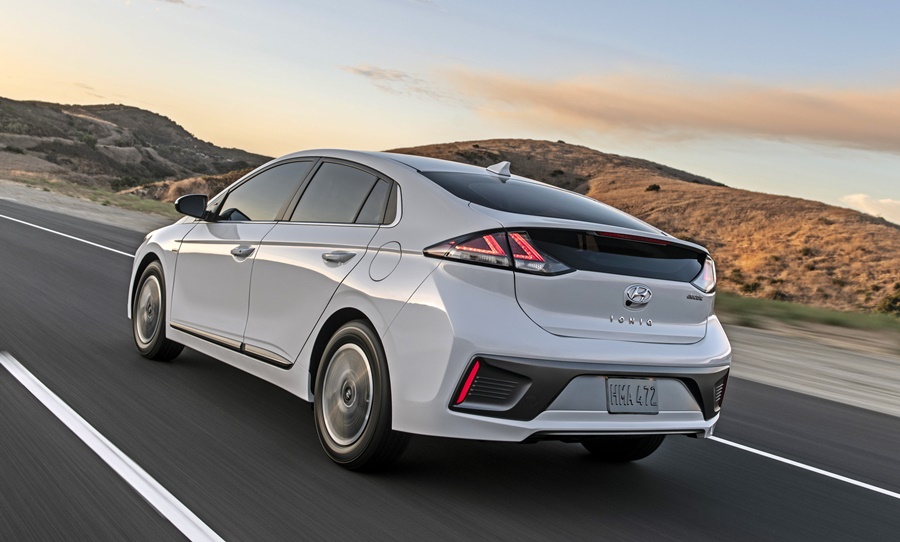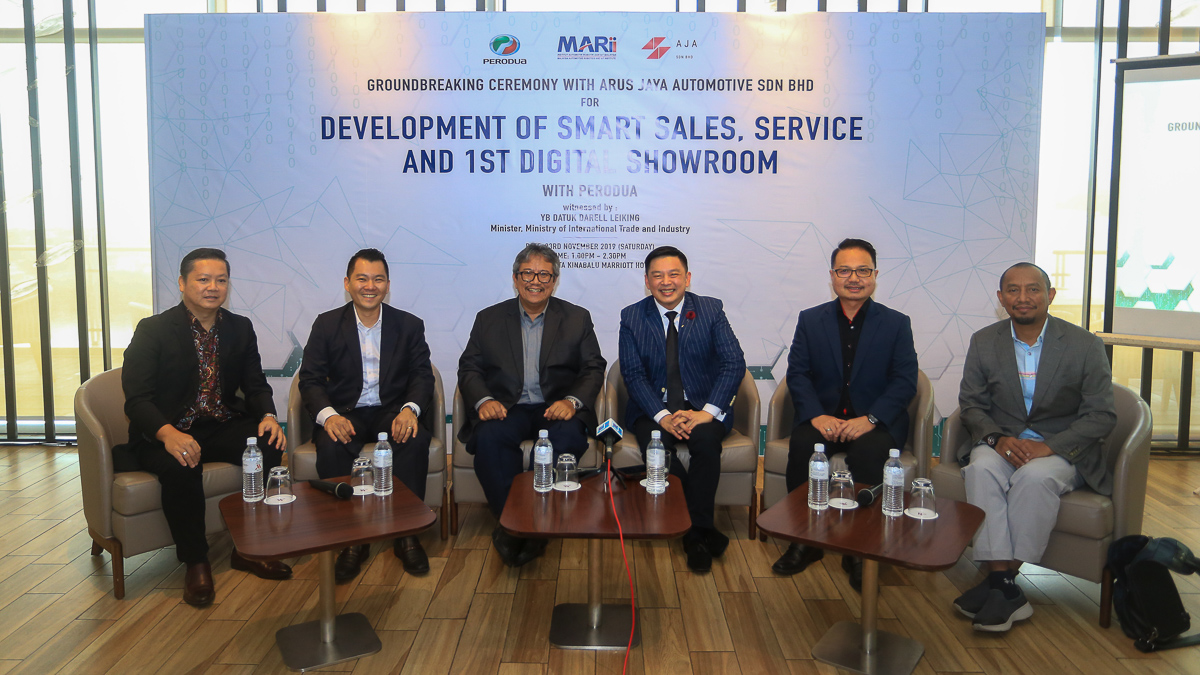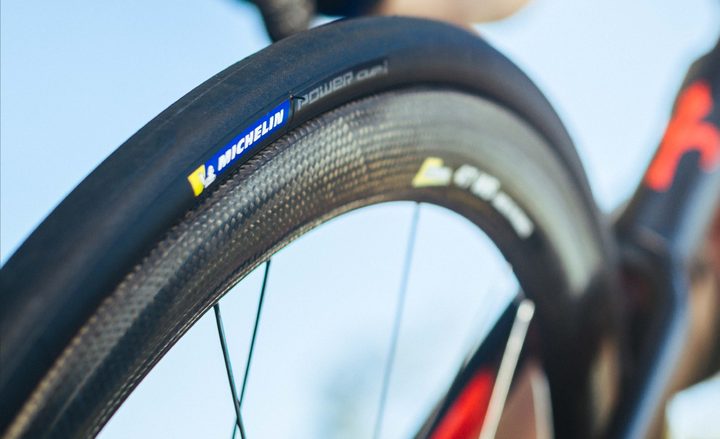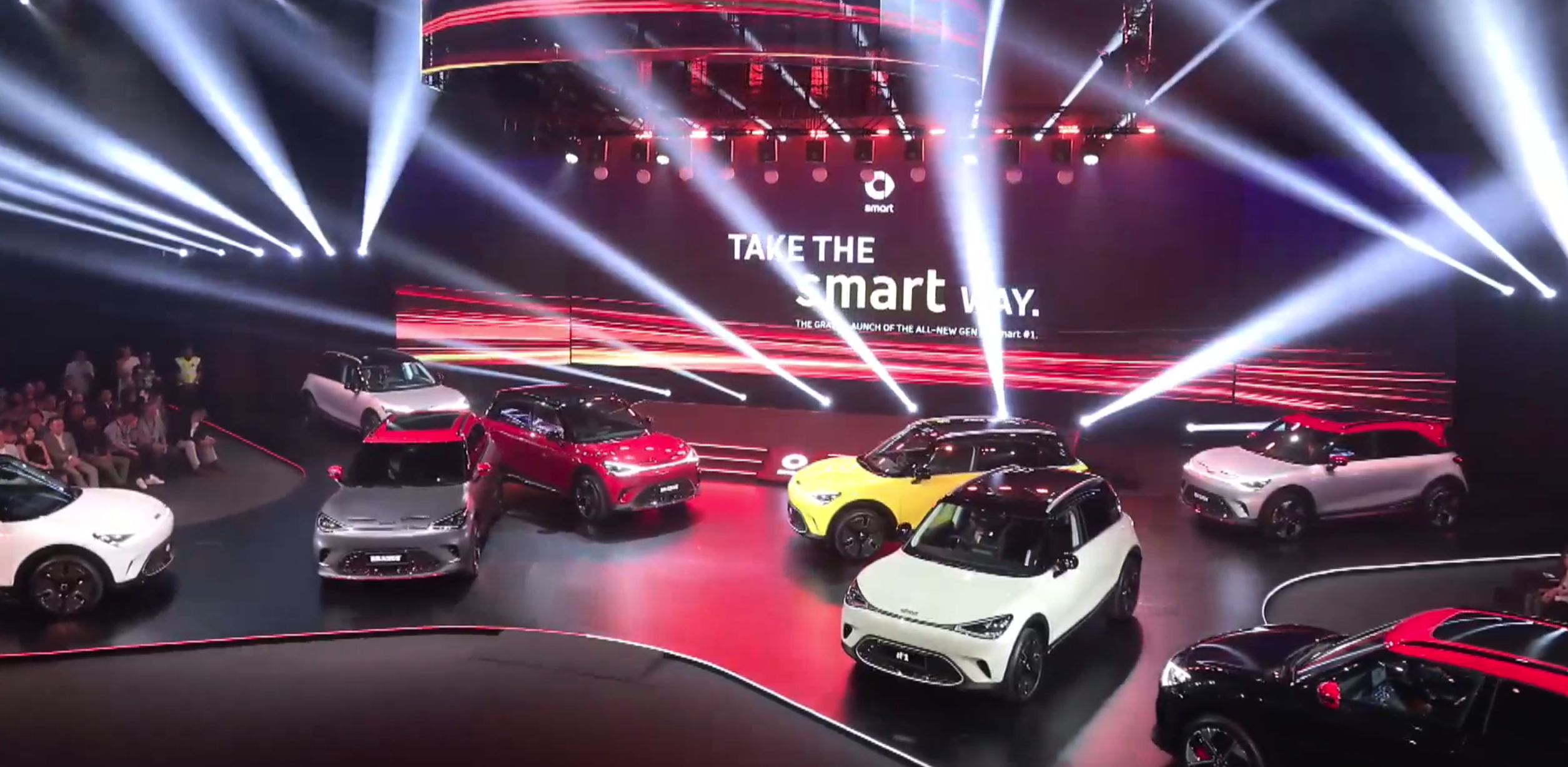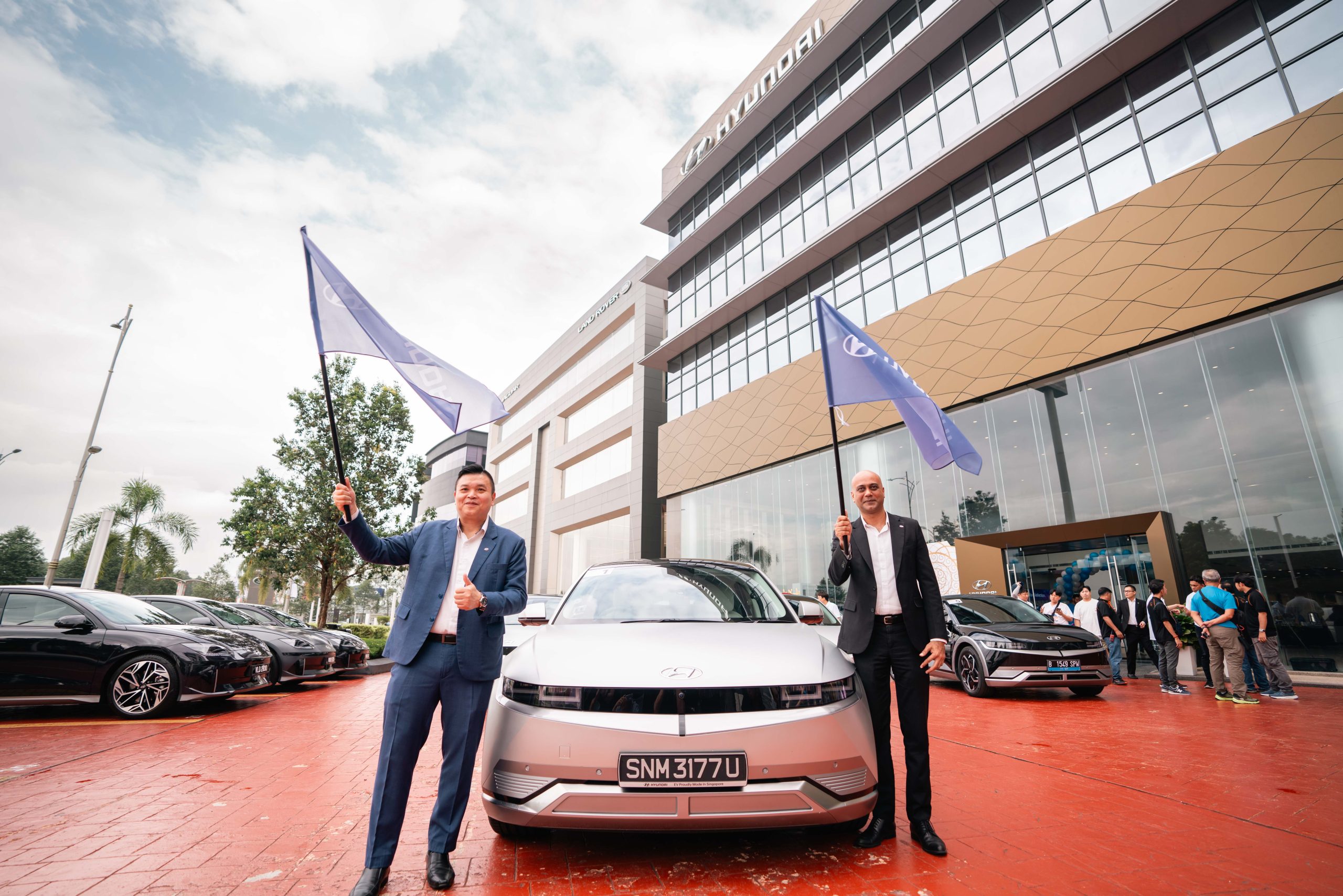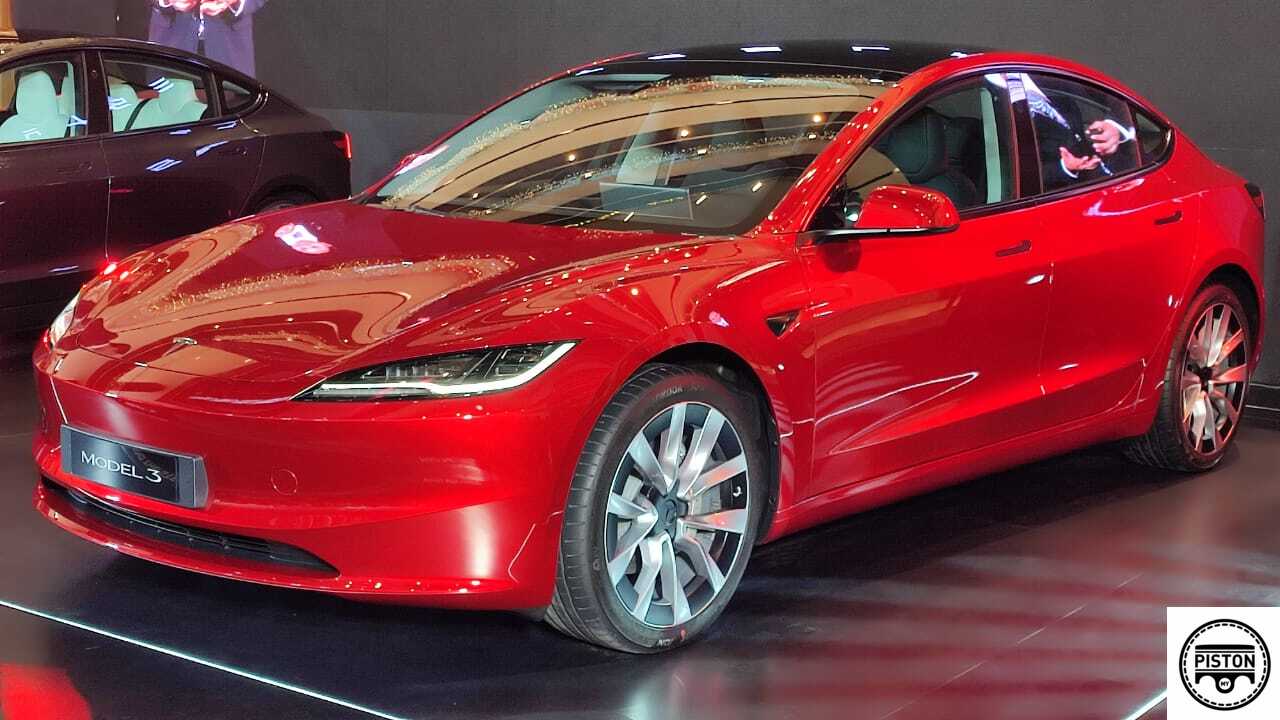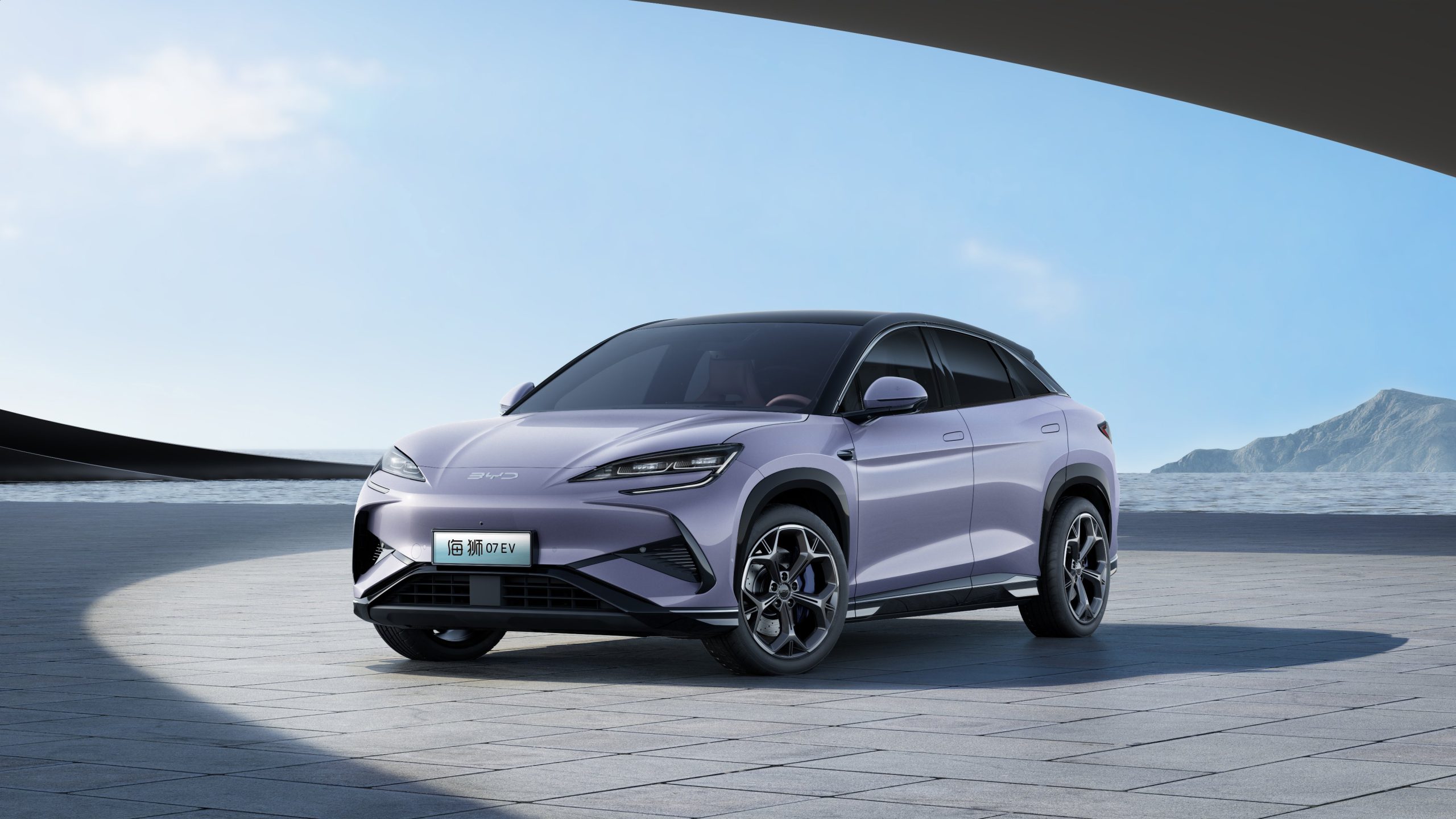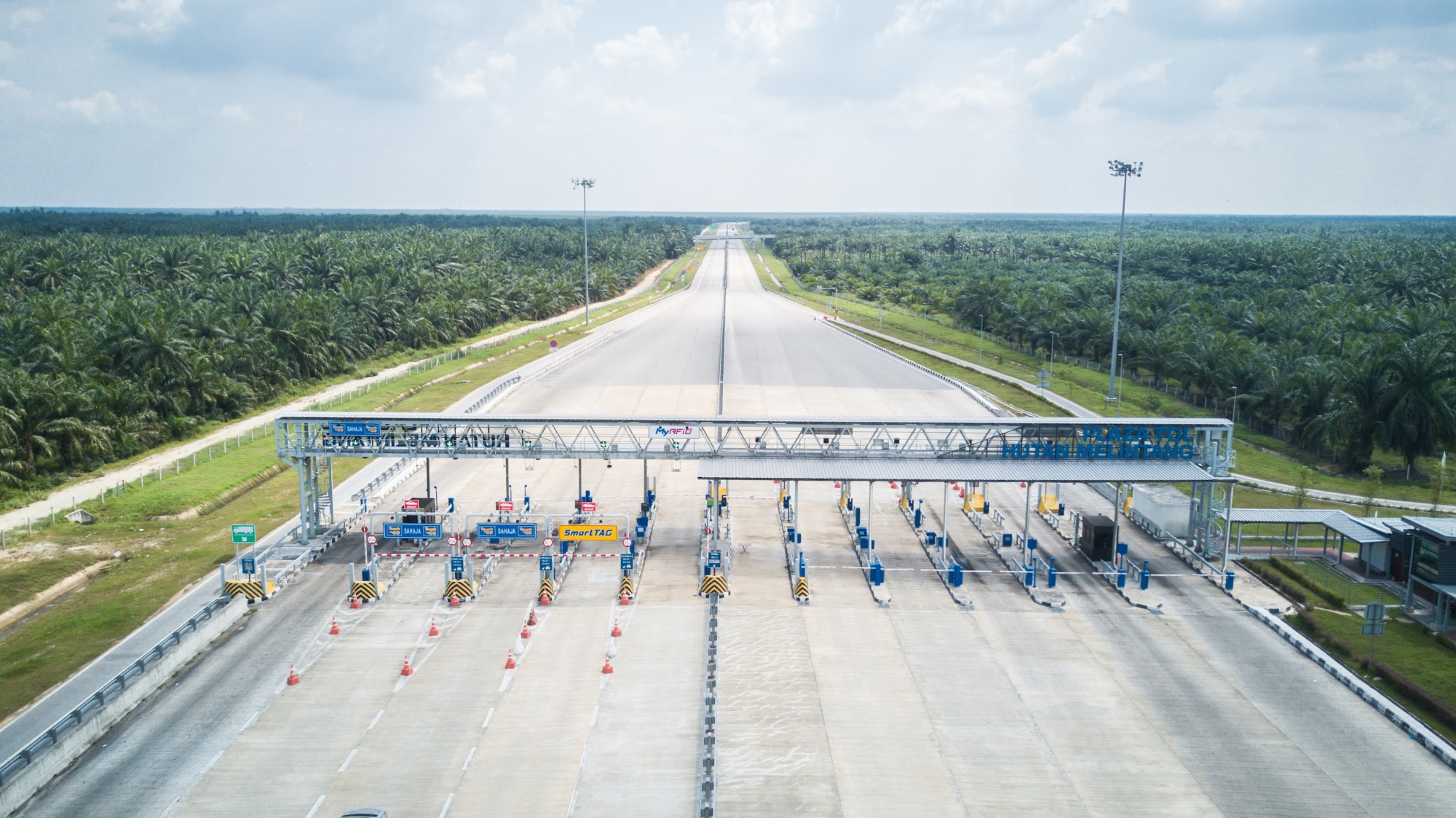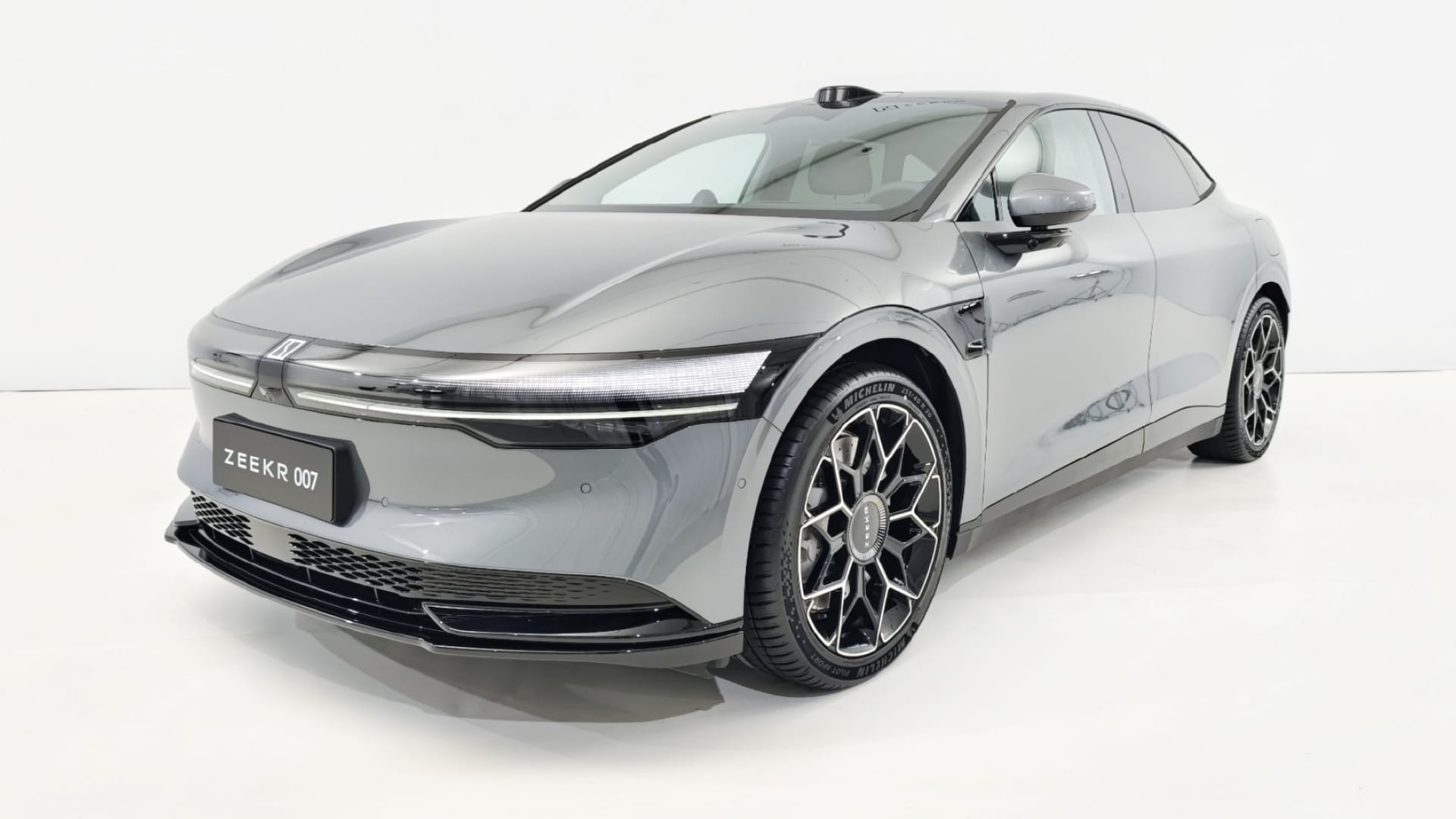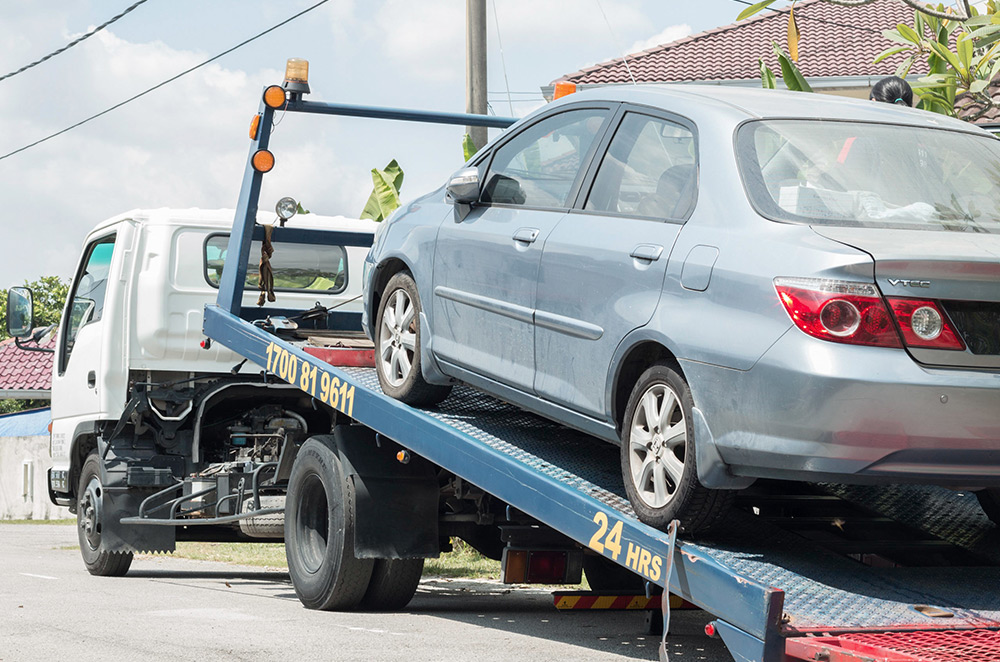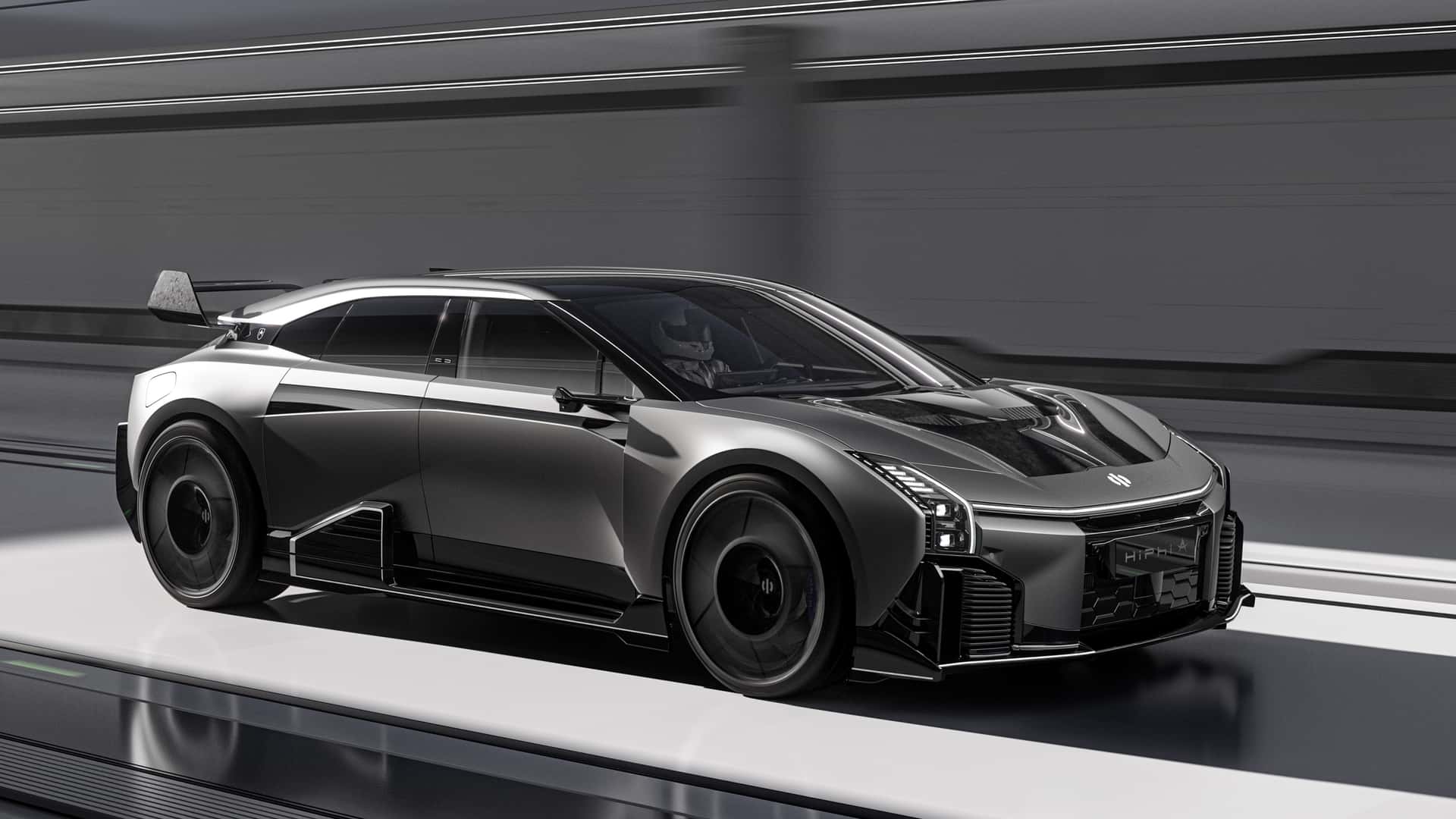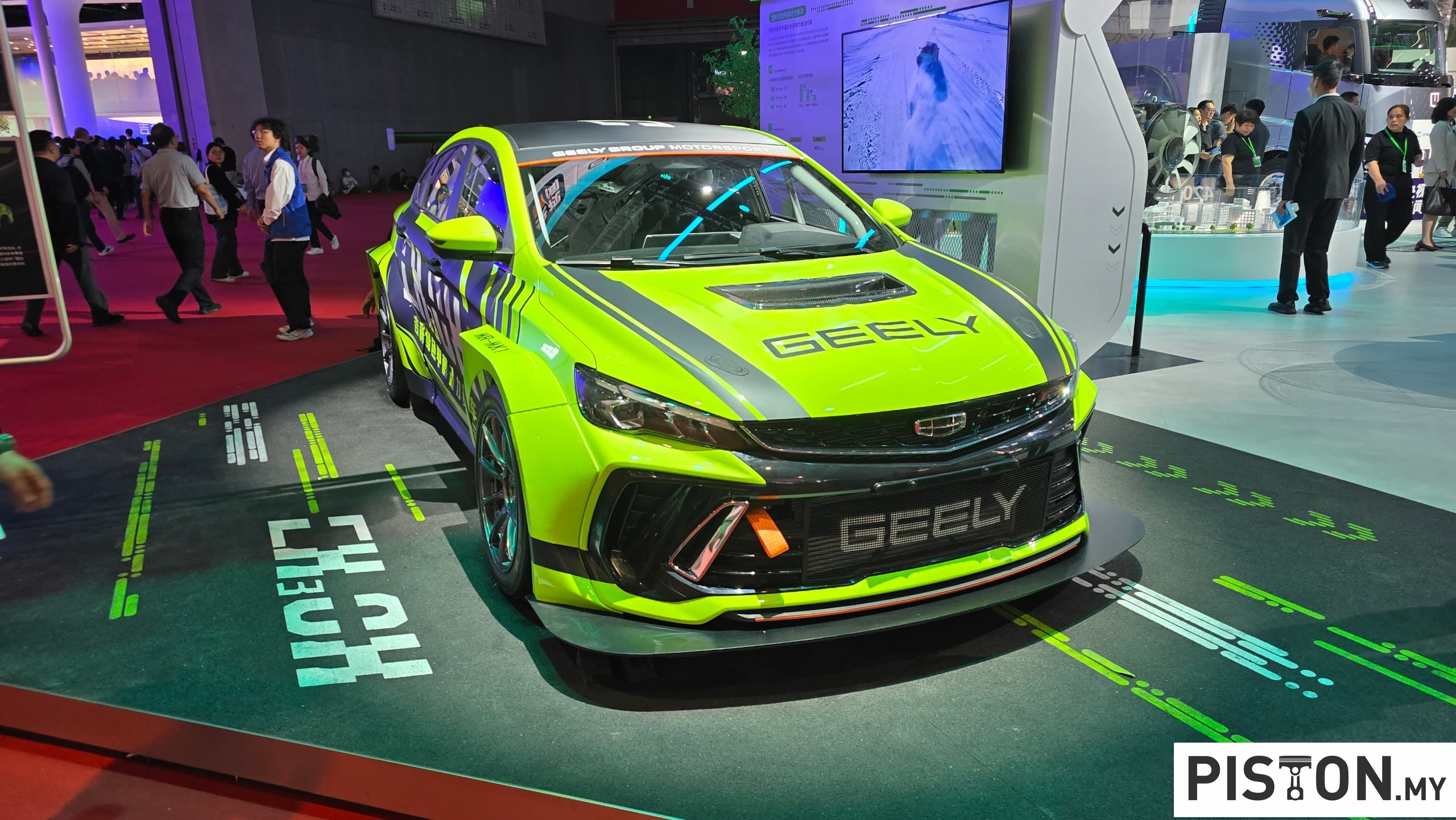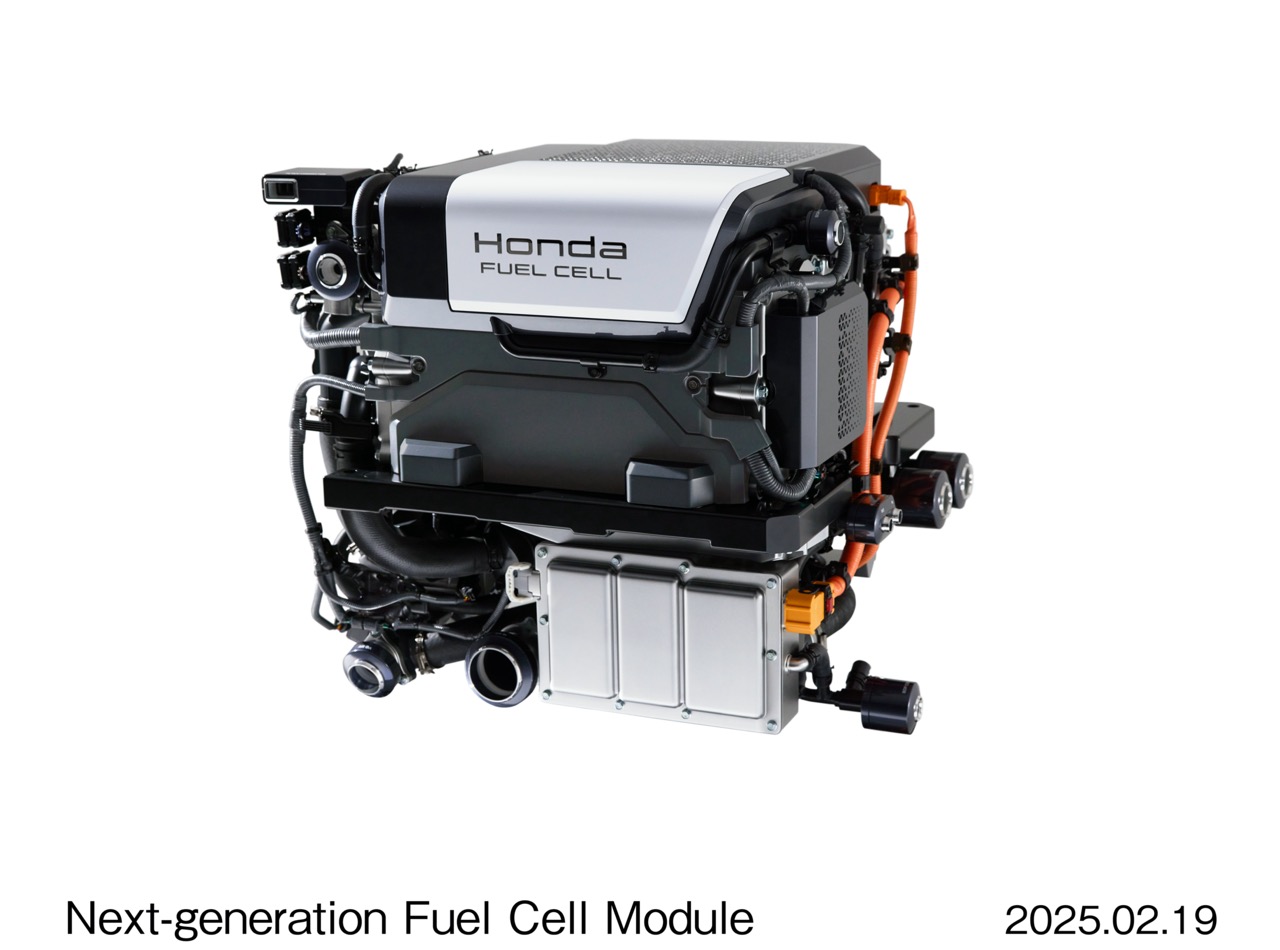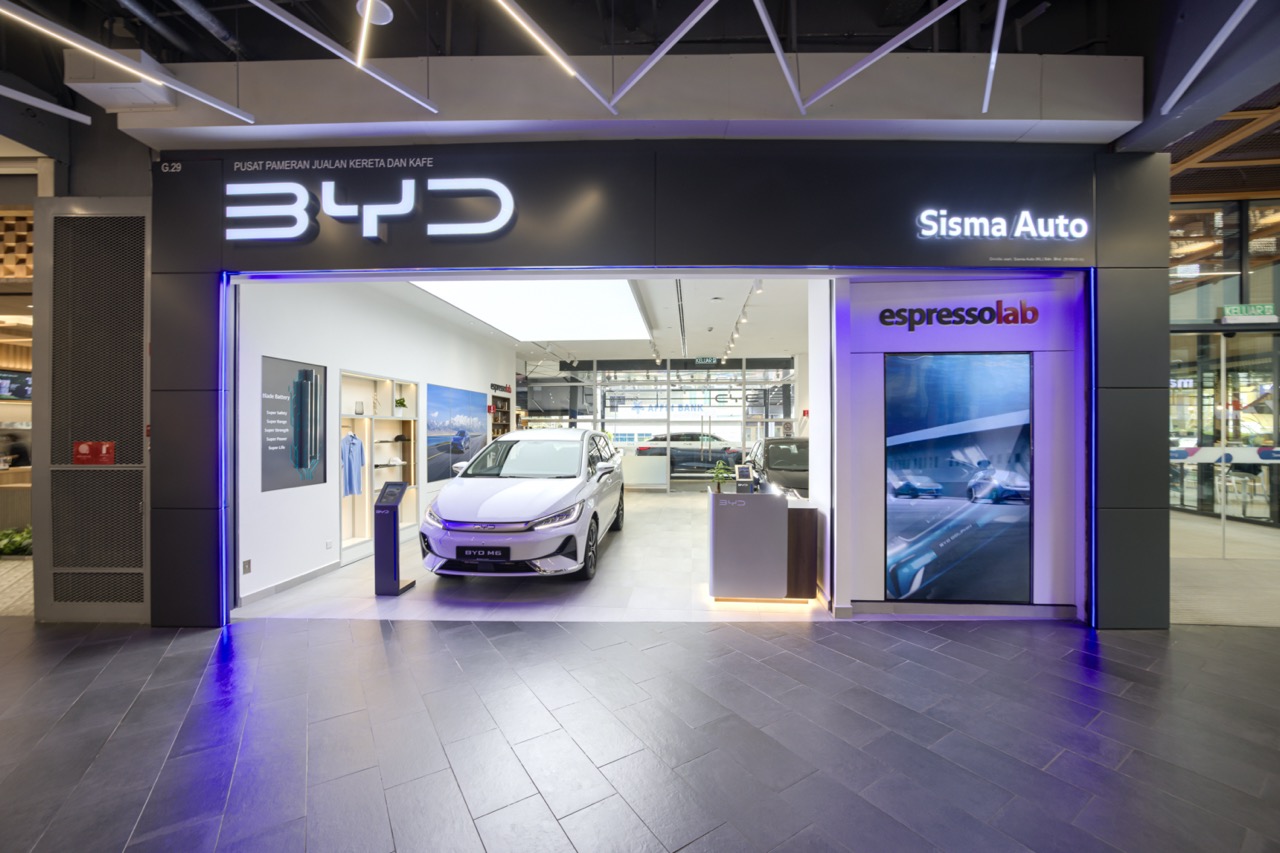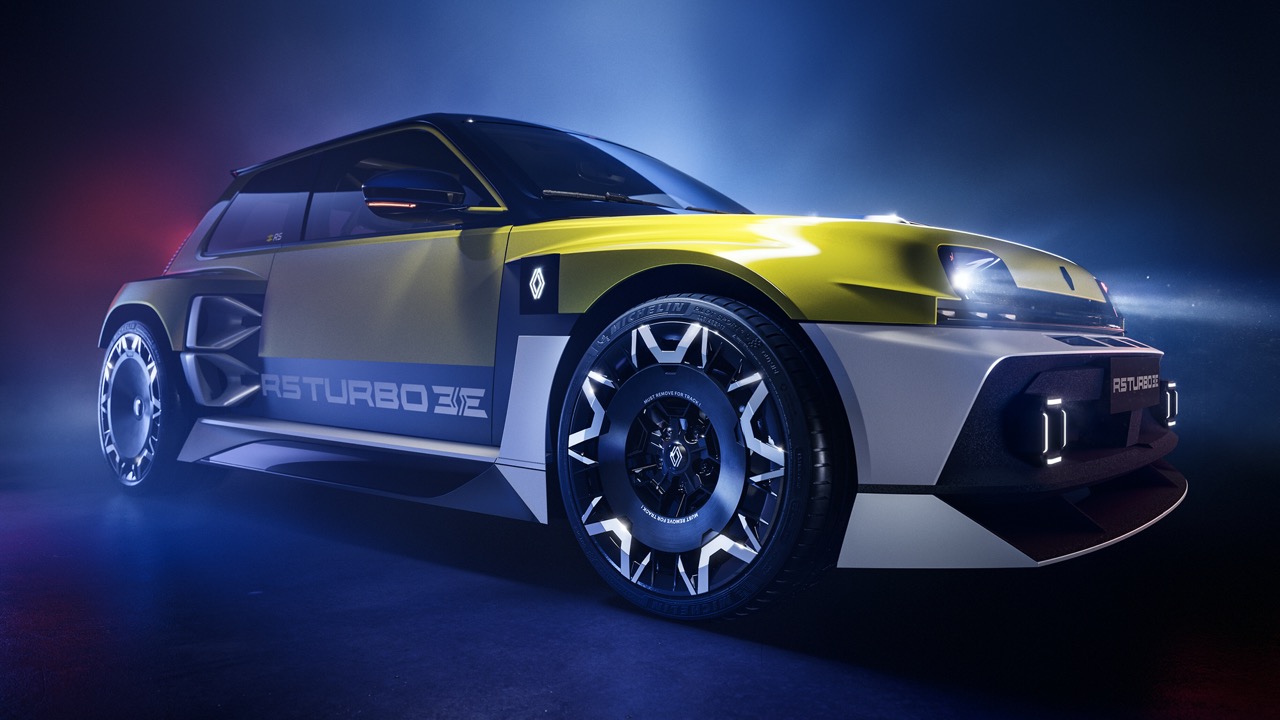The Honda City started off in the mid-1990s as an ‘Asian Car’, a lower-priced model that could be slotted below what had been the original entry-level model, the Civic. With the appreciation of the yen after the mid-1980s, the Civic’s price level had gone beyond what was ‘entry-level’ so Honda had to offer a model that could help it retain a strong presence in that important segment which brought people into the Honda family.
It was certainly a good move as the primary market, Thailand, was also moving upscale in its own way. Consumers were showing a preference for passenger cars with more comfort instead of the pick-up trucks that dominated the market. The City was an affordable and well built product from a brand that was well respected.
Fast forward to 2019 and four generations have passed; what had been a regional product has become a such a significant model for Honda that the launch of the 5th generation today was billed as a World Premiere.
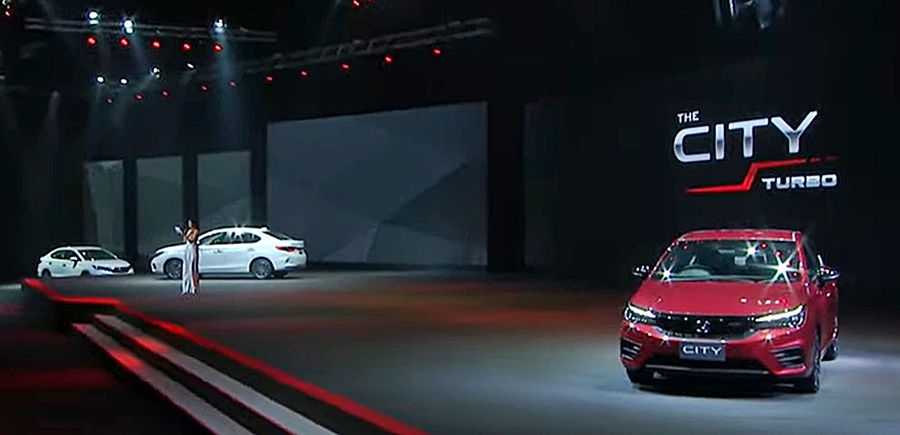
Speaking at the launch, Masayuki Igarashi, Chief Officer for Regional Operations (Asia & Oceania), Honda Motor Co., Ltd., and President & CEO, Asian Honda Motor Co., Ltd, said: “Honda City, one of our most important models, was developed and launched as a regional model back in 1996. It has consistently received overwhelming feedback from the 1st through the 4th generations, with accumulated sales of 4 million units in 60 countries worldwide. The Asia & Oceania region is an important market for Honda City, with more than 100,000 units sold in the region in 2019 (January to September 2019), which accounts for almost 70% of Honda City sales worldwide.”
He said that as Thailand is the leading market for the City, the Thai people are given the honour of being the first to see the al-new generation of the City. “We expect to create an unprecedented phenomenon as it exceeds the expectations of customers and sets a new standard for Thailand’s automotive market once again,” Mr. Igarashi said.
A bigger City
Just as the Civic ‘grew up’ and became a larger car in many aspects – just compare today’s generation to the first Civic sedan of the late 1970s – so too has the new City gained additional millimetres. Now measuring 4553 mm in overall length, it is 113 mm longer with 53 mm added to the width to broaden it to 1748 mm. But interestingly, the wheelbase has been marginally shortened by 11 mm to 2589 mm, which is negligible. The roofline is also lower by 10 mm and this reduction helps in giving a sleeker profile for the lengthened body.
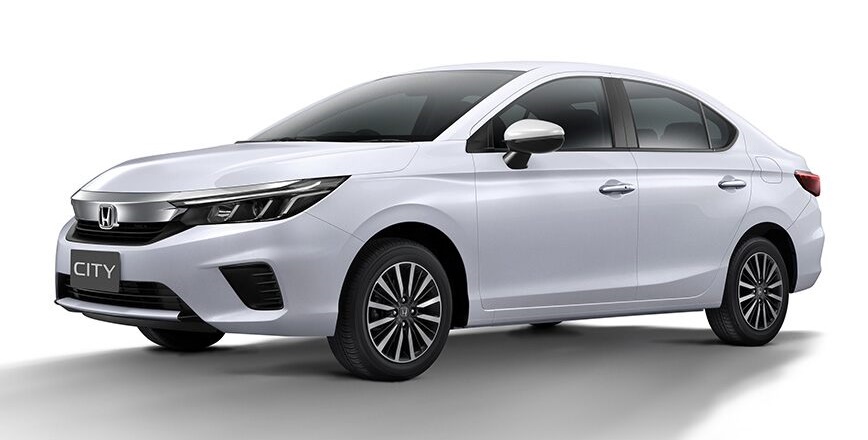
Sharp character lines give the new model distinctiveness and sportiness, along with the projector headlights incorporating LED Daytime Running Lights (DRLs) and LED tail lights. Chrome is used for the front grille with a Shark Fin Antenna on the roof. There are also newly-designed 15-inch alloy wheels fitted (16 inches for the RS variant).
Premium with more space
“Premium” is what carmakers strive for these days and even at the lower end of their range, they try their best to give a ‘premium’ feel because it helps in creating a more positive perception. Honda has been pretty good at it and this is evident in the cabin.
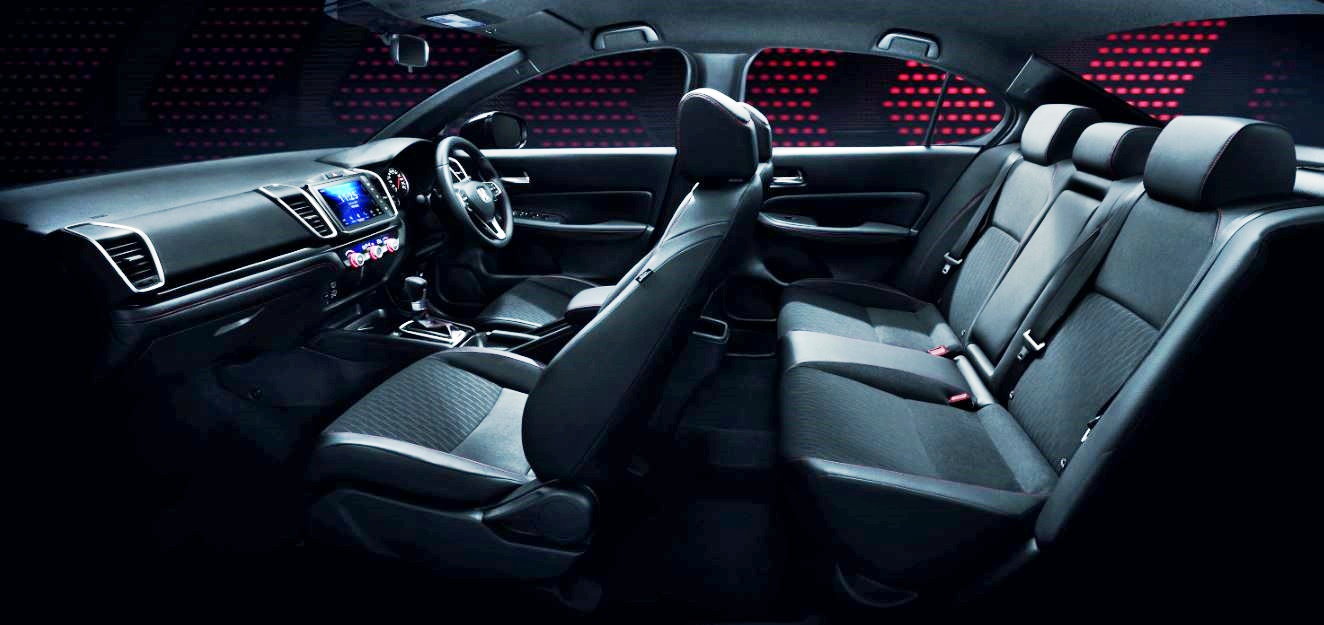
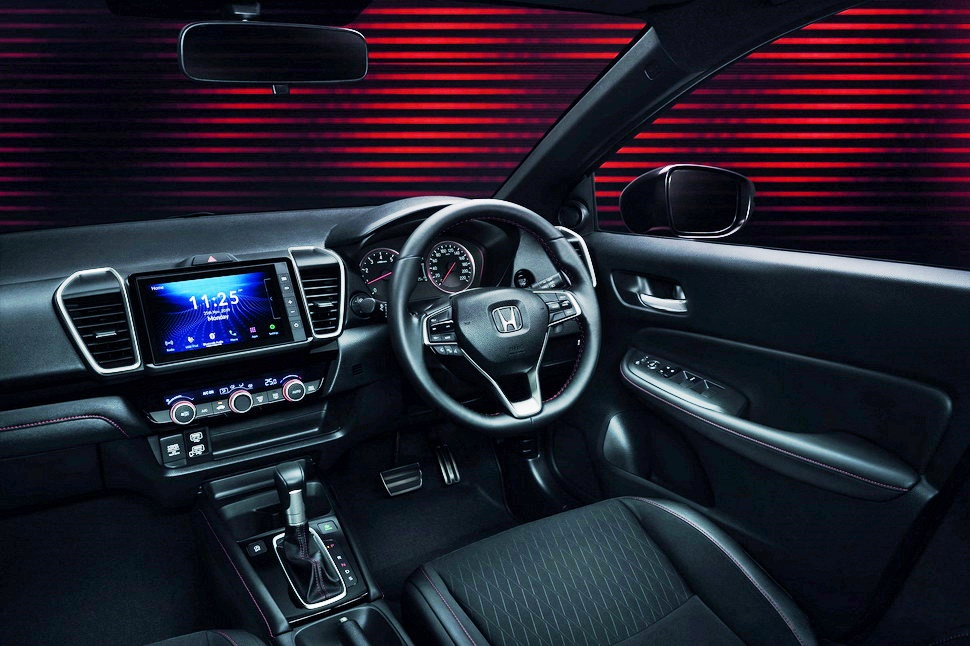
The interior design, with efficient ergonomics and more space creates an environment with seating that provides optimal comfort for the driver and all passengers. For the Thai market, customers can choose a black interior or leather seats with a two-tone ivory/black interior (SV variant only); a Piano Black console, and chrome inside door handles.
As before, there are useful features such as the Multi-information Display (MID) with illumination, 8-inch Advanced Touch Display Audio with Apple CarPlay and Siri Voice Control, Multi-function Steering Wheel with HFT, Bluetooth connectivity, and an automatic air-conditioning system.
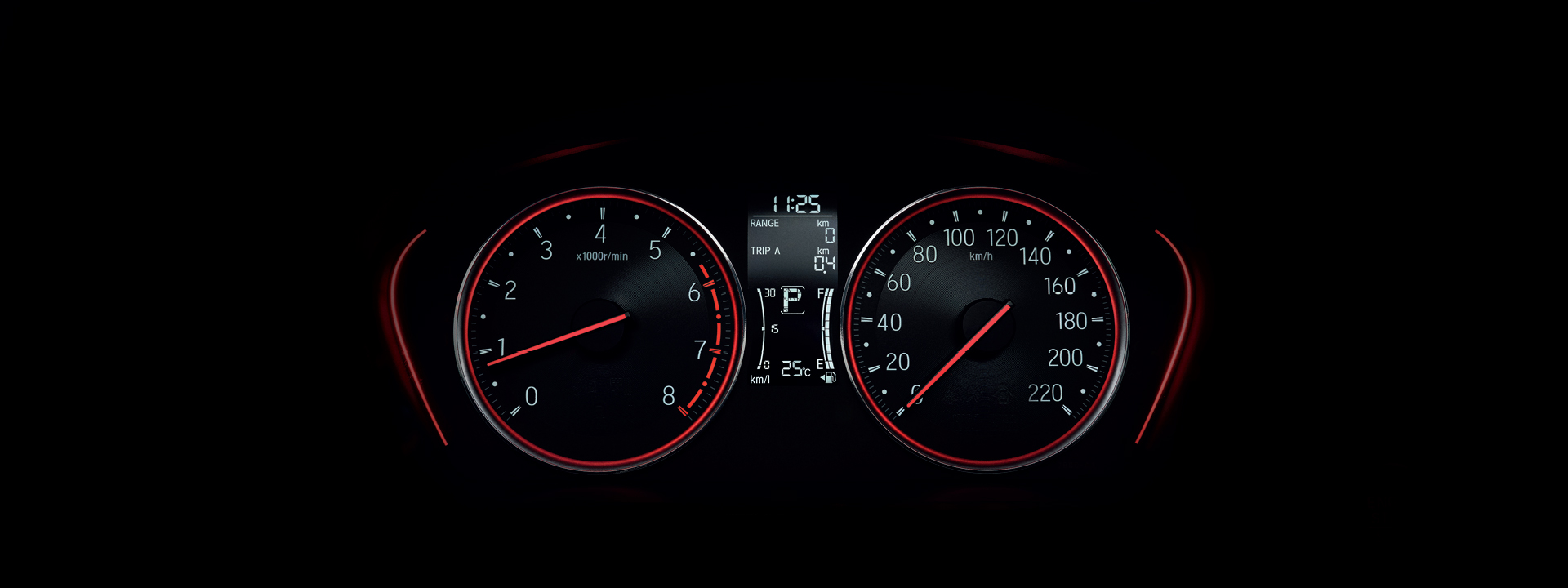
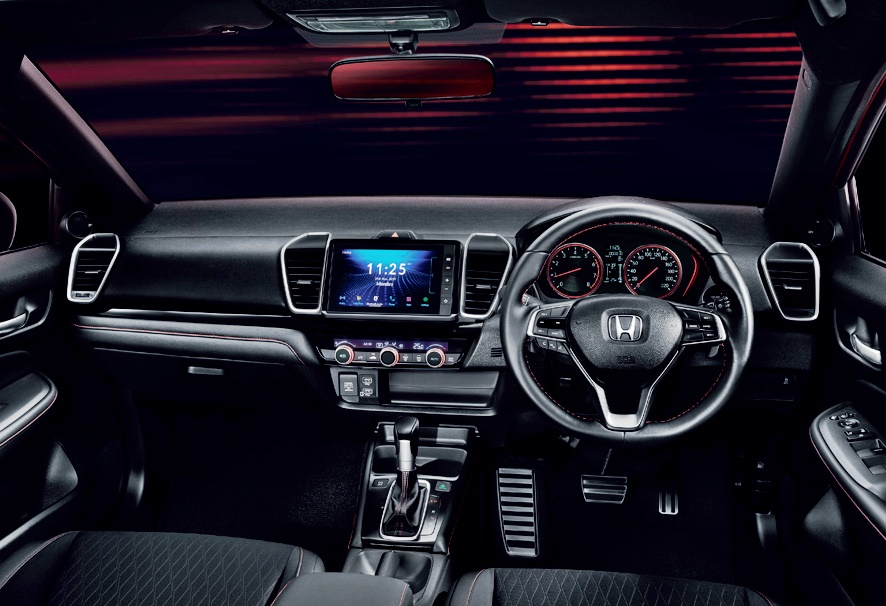
RS variant for the first time
For the first time, the City is available in a RS variant that gives it a sportier and more premium look. The RS variant comes with a complete set of sporty aeroparts including a Gloss Black front grille with RS logo emblem, sporty front bumper and grille, LED Headlights with LED Daytime Running Lights (DRL), LED Fog Lights, Sporty Black Power-retractable Side Door Mirrors with Turning Lights, Gloss Black Boot Spoiler with an ‘RS’ logo, and new sporty-design 16-inch Alloy Wheels.
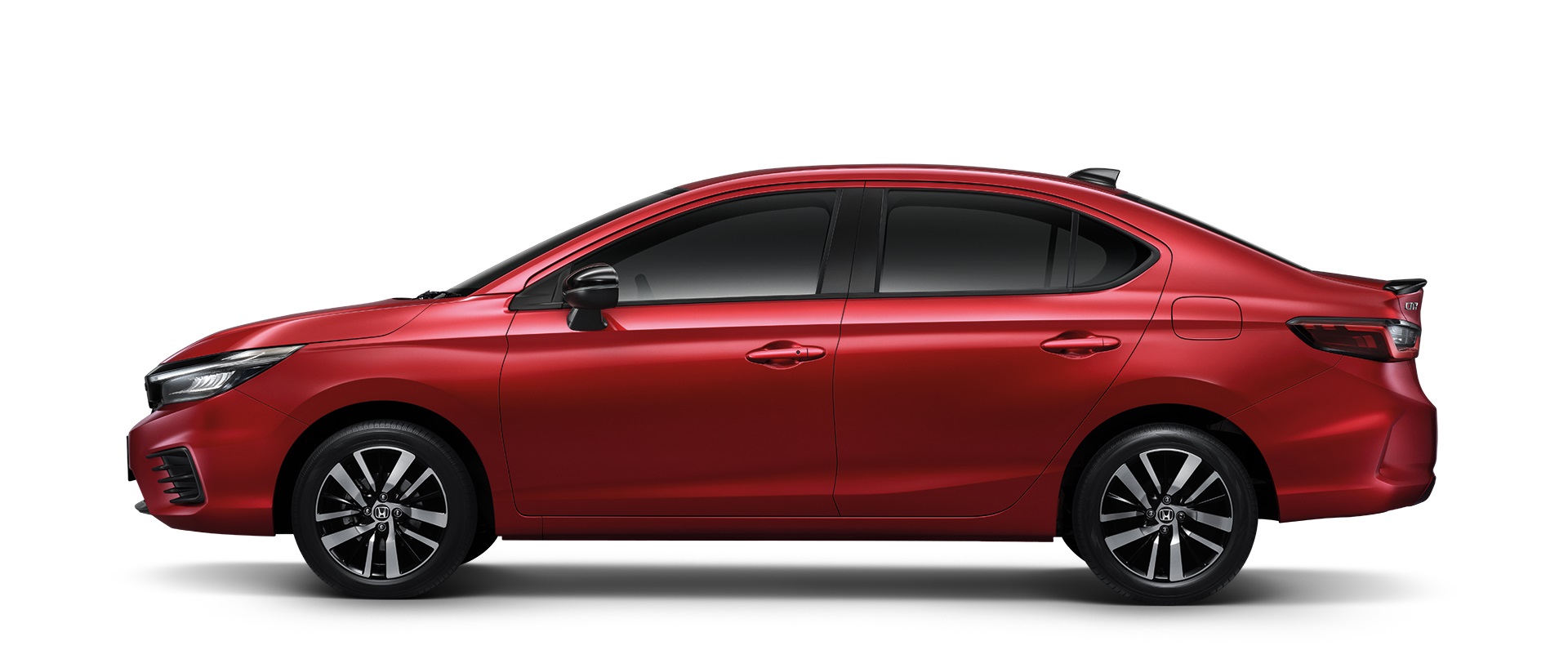
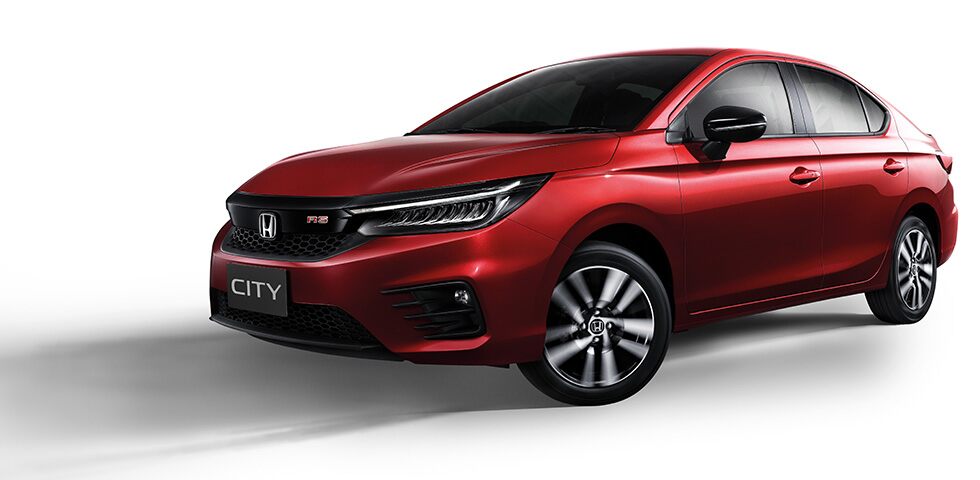
The RS cabin is undeniably sporty with newly-designed suede leather seats with red stitching, a Multi-information Display with red illumination, and an eye-catching new Ignite Red exterior colour only available for the RS variant.
All-new 1-litre engine
This will be the first City with a 1-litre Earcth Dreams engine, but the displacement belies the real performance of the powerplant. It’s a new 1.0-litre DOHC 3-cylinder, 12-valve, VTEC TURBO engine with an output of 122 ps at 5500 rpm and maximum torque of 173 Nm from 2000 to 4500 rpm. With driving performance said to be superior to the 1.5-litre engine in the previous generation and torque equivalent to a 1.8-litre engine, customers are likely to ignore the displacement that traditionally indicated performance levels.

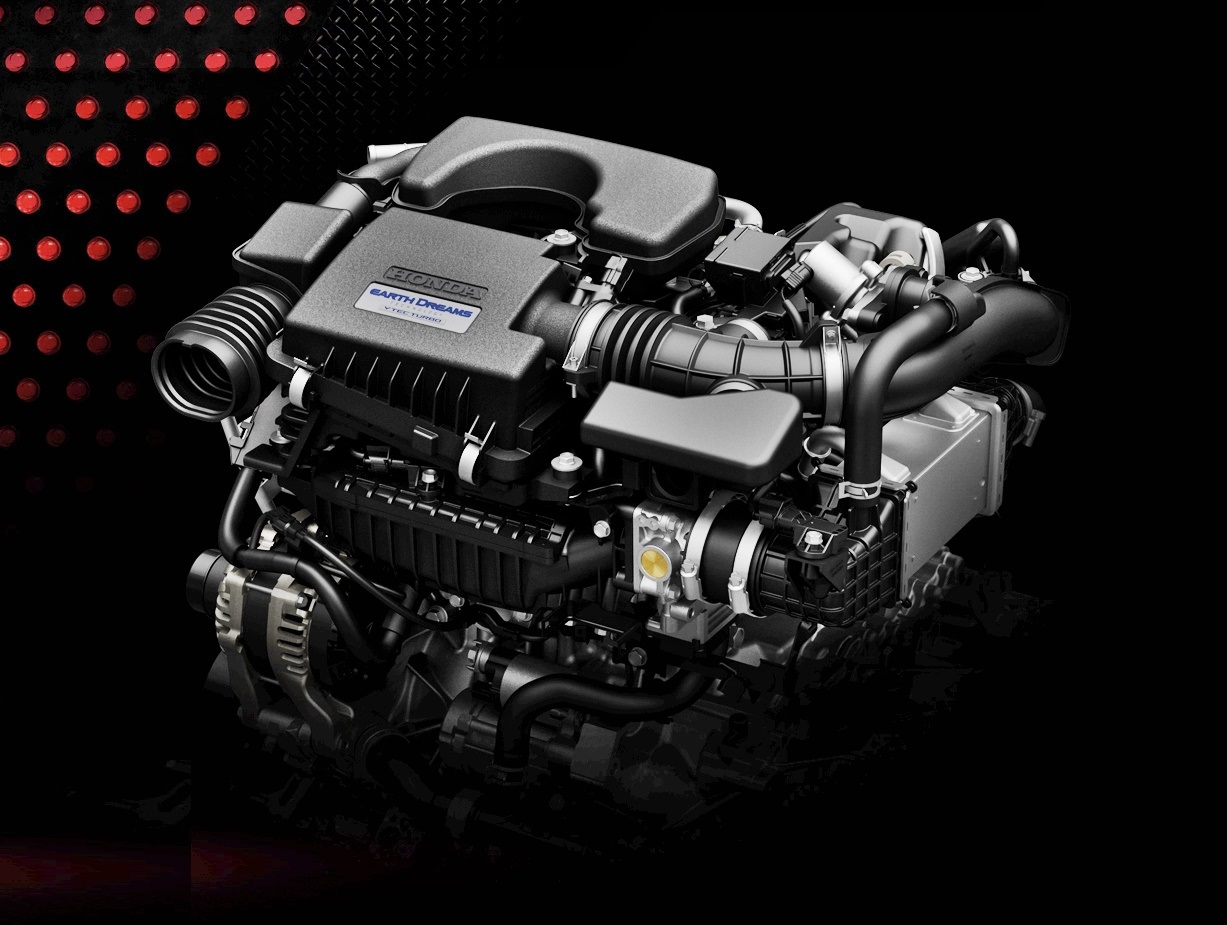
The engine is mated to a 7-speed continuously variable transmission (CVT) for high fuel efficiency which is claimed to be up to 23.8 kms/litre. The environmental credentials of the new City are also strong with a low carbon dioxide rating of 99 gms/km, Euro5 emission levels and compatibility with E20 petrol.
As for safety, it is only to be expected that Honda will raise the standards and offer better protection for the occupants. The new City’s advanced safety technologies include a G-CON (G-Force Control) body structure with 6 airbags, ABS + EBD, Vehicle Stability Assist (VSA), Hill Start Assist (HSA), and A Multi-angle Rearview Camera.
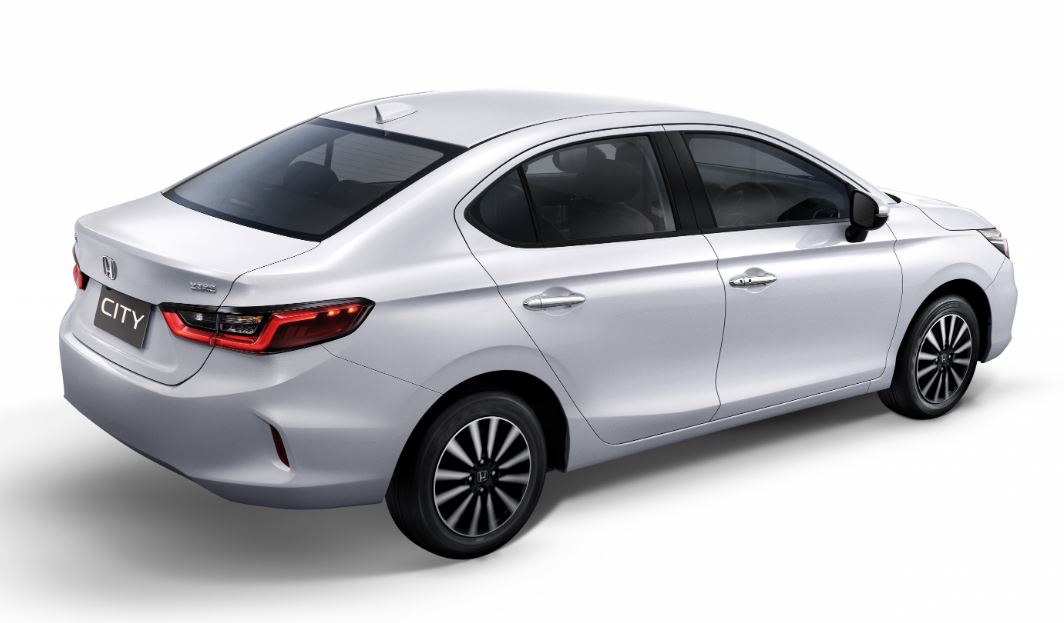
First deliveries
Manufactured in Thailand, the all-new City will be in showrooms there from December 24, 2019. It will be launched progressively in other markets although Malaysia may require some extra time as there is a high degree of localisation of parts.
Looking at the prices in Thailand won’t really give an indication of how much the new model will cost in Malaysia when it is launched as the tax structures are different. However, for those who are interested, the range is from 579,500 baht (equivalent to RM80,000) to 739,000 baht (RM102,000) for the RS variant.








